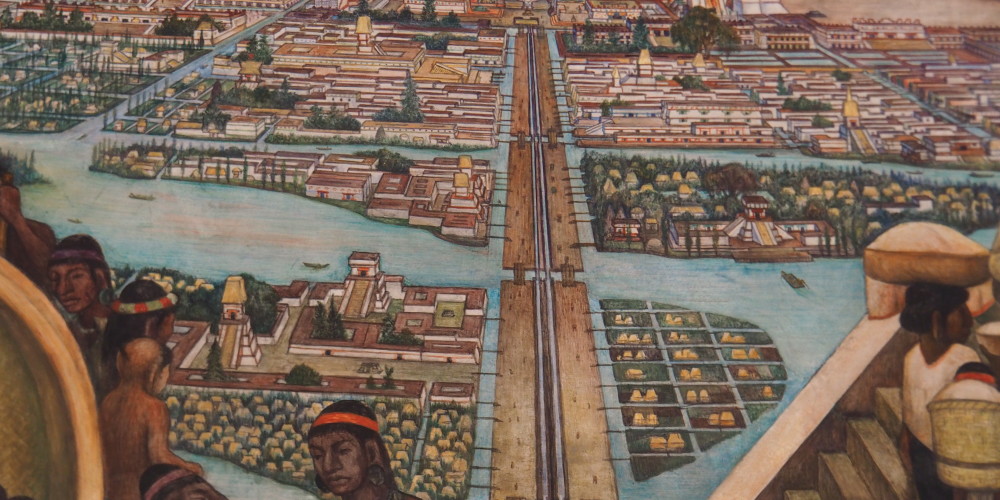With more than approximately 25 million residents, Mexico City has more people living in it than the WHOLE of Australia… just let that sink in for a minute. Surprisingly, Mexico City, or Distrito Federal (DF to the locals) as it is called, doesn’t feel like it is crazily overpopulated, nor does it feel like the concrete jungle with ghettos overrun by murderers and gangsters that we half expected.
Deciding to start our time in Mexico with DF was a calculated one as the city initially didn’t feature on our Mexico itinerary, however the more research I did, the more blogs I read, and the more articles I perused, the more infinitely clear it became that the Mexico City of old that our parents and the media warn us of, is quite different to the one that we are residing in tonight.
Roma Norte neighbourhood – beautiful, huh?
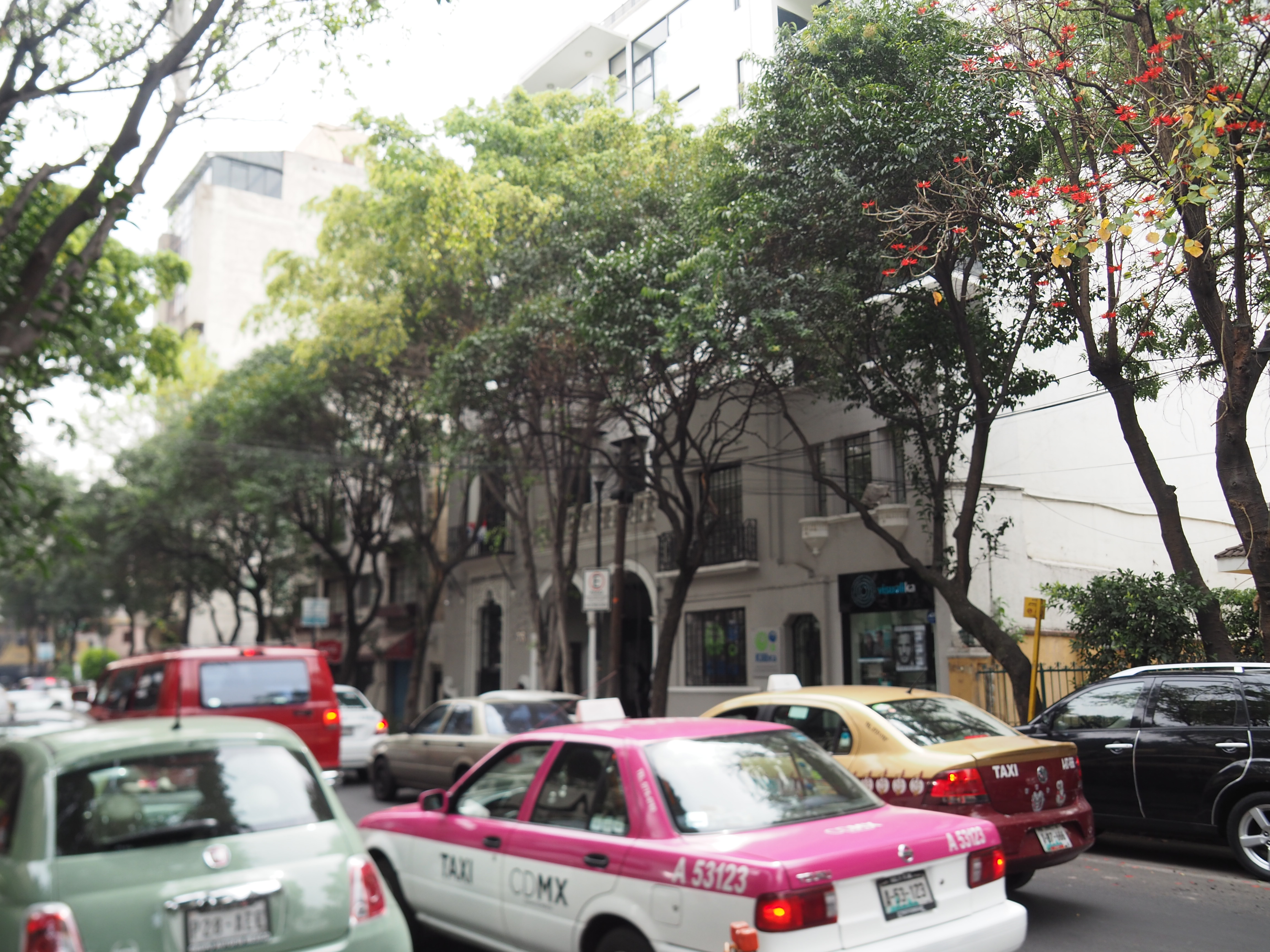
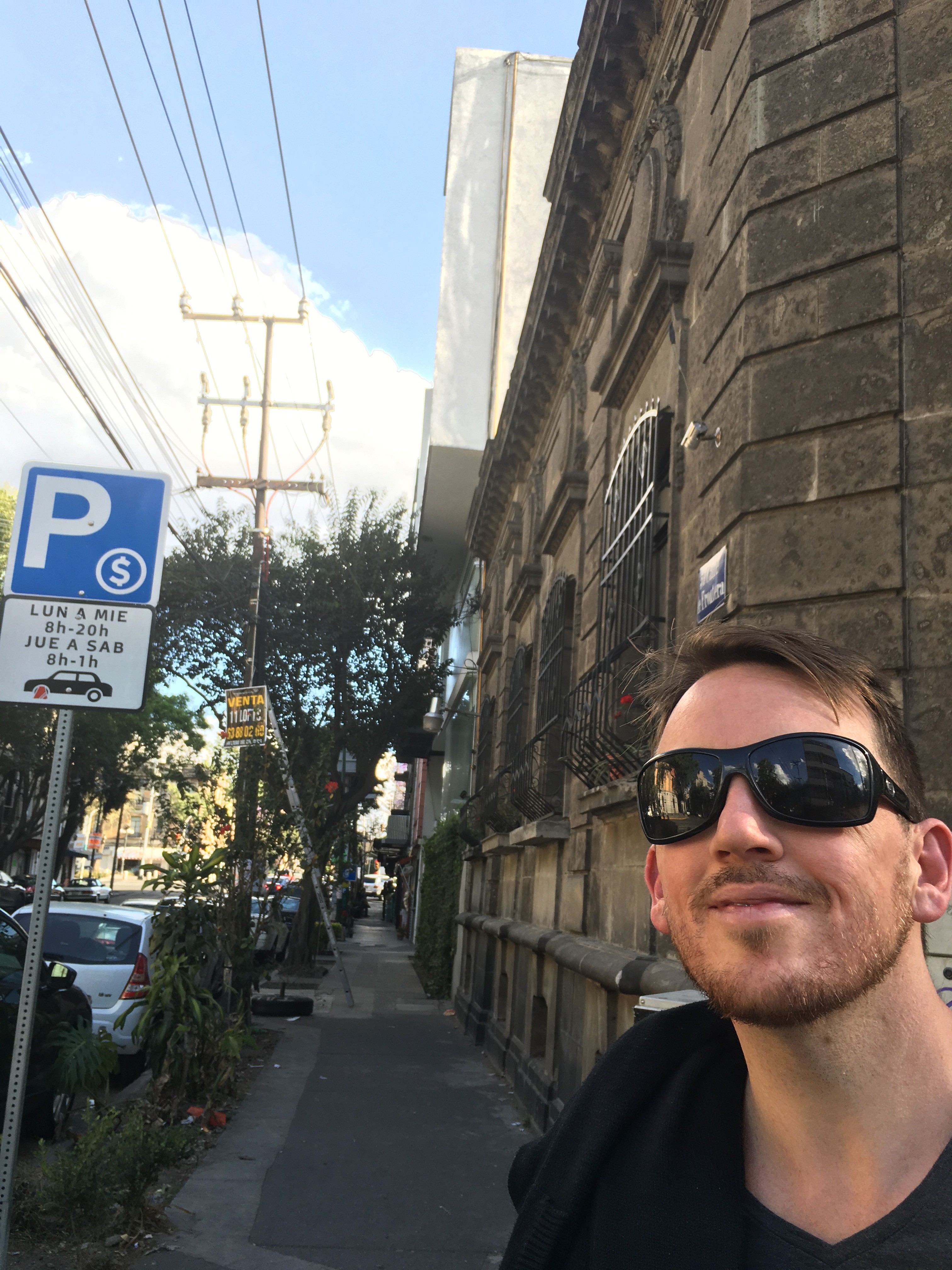
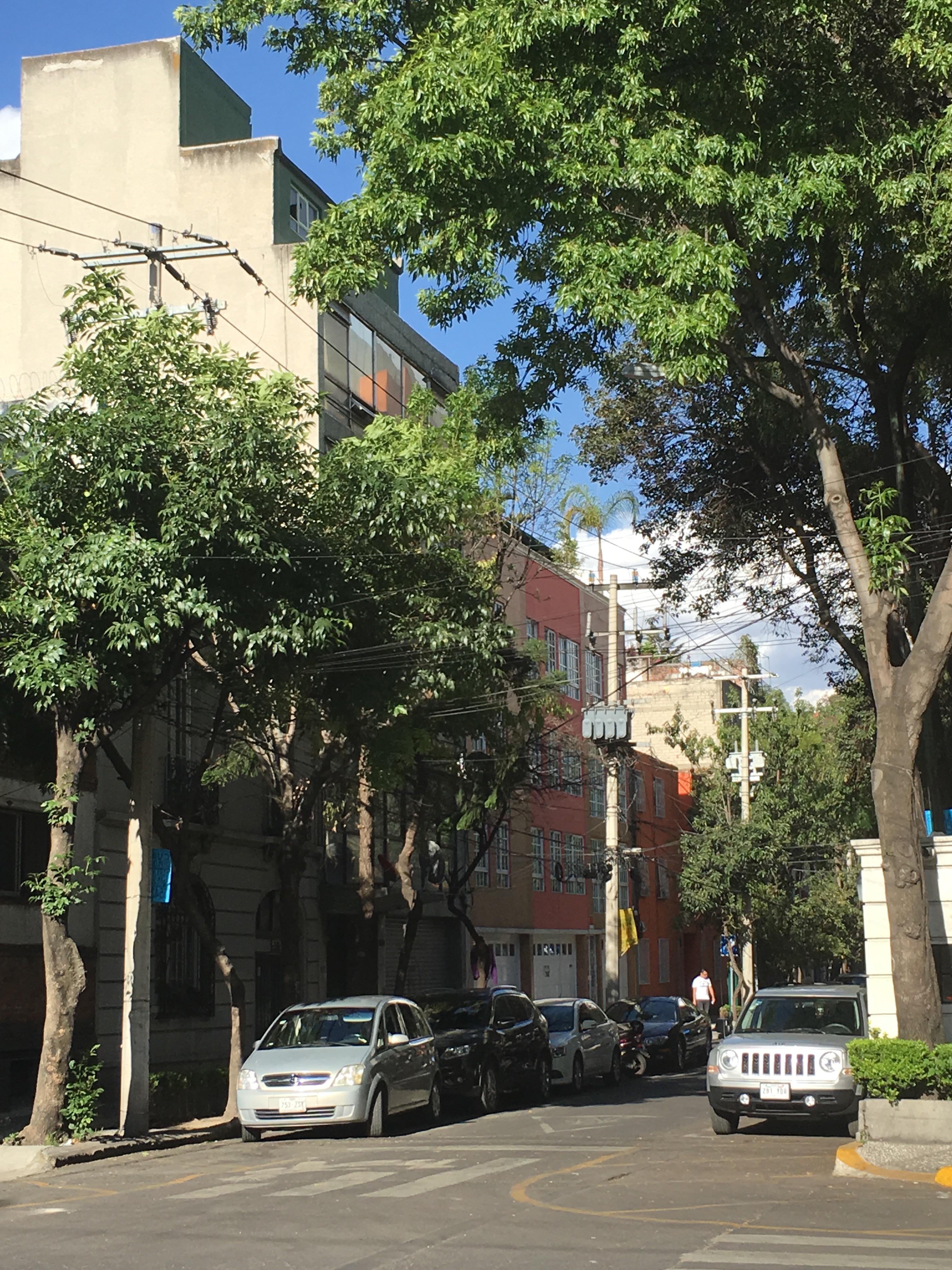
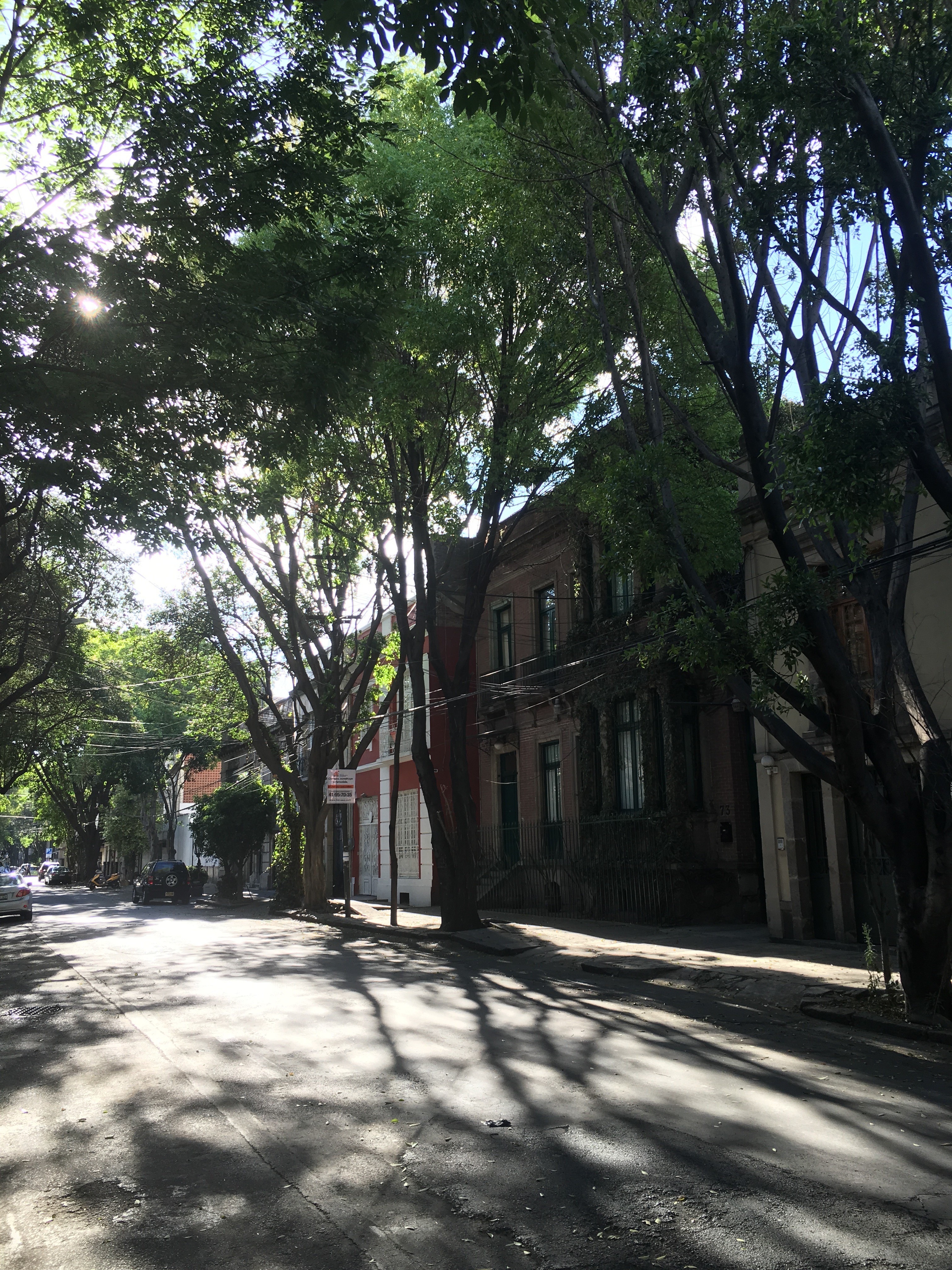
As I sit in our Airbnb lounge right now, in a funky apartment in Roma Norte, a trendy, up and coming bohemian neighbourhood in Mexico City, I have to pinch myself to believe that within a 100km radius of where I sit are as many people as there are on the whole continent of Australia. It is seriously mind-blowing.
We arrived into DF from Las Vegas on Monday evening and as the first venture into the unforgiving world of spanish-speaking countries, it is no understatement to say I was more than a little bit nervous about how we would manage.
Our first view of Mexico City from the air
(a lesser populated part, I was too slow getting my camera out earlier!)
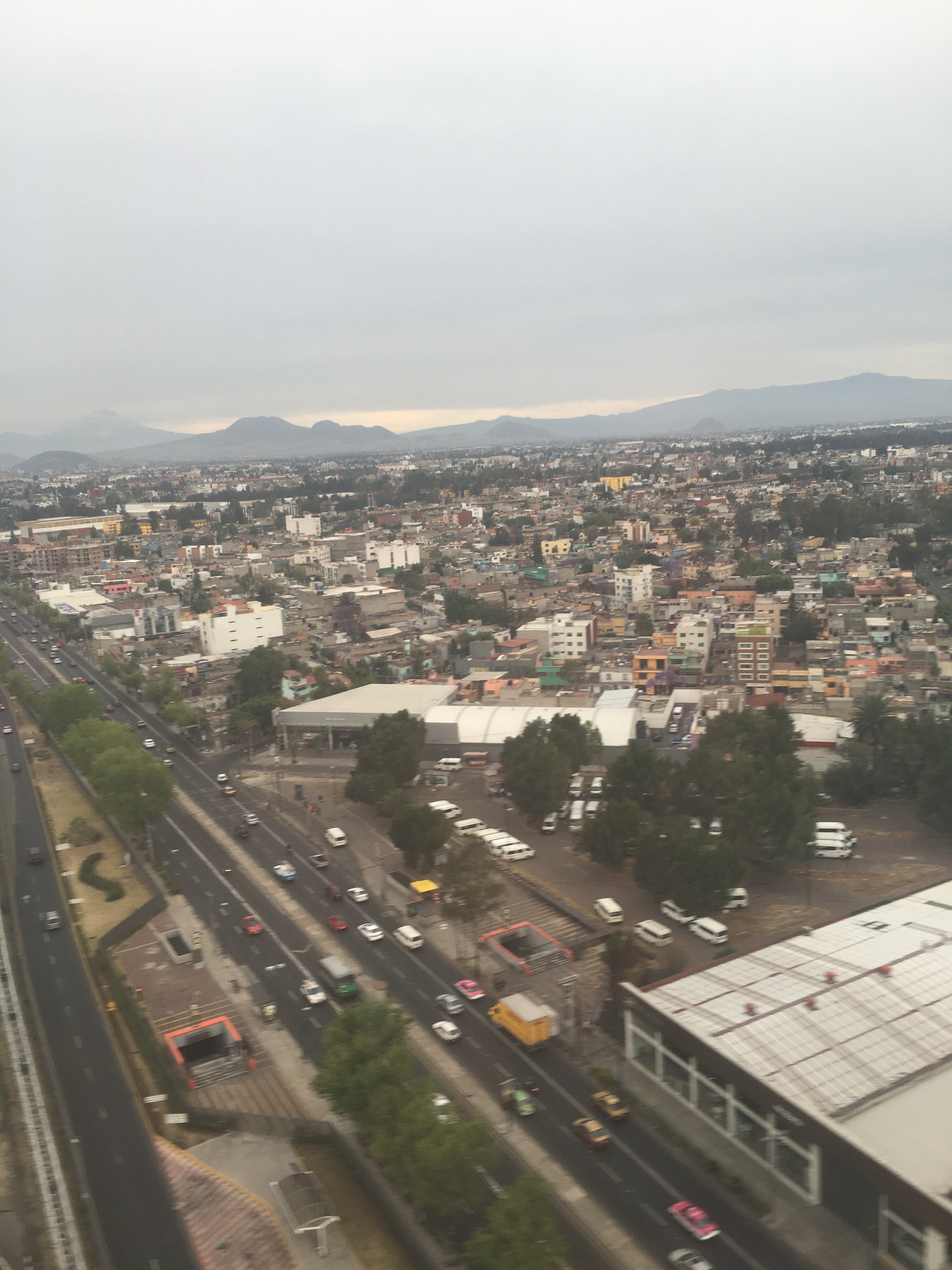
Luckily, I had my pre-written ‘top phrases’ in English and translated into Spanish written and closely guarded in my handbag – useful phrases such as “two more beers please,” and “do you have a double room with air-conditioning available for three nights please?” featured prominently, as did “please tell me when we arrive at this stop/address”. Cos nobody wants to get on a local bus and then not know when you have to get off, right?!
After cruising through customs and immigration (where I first tested out my spanish, telling the immigration counter Dave was indeed “mi marido” – totally felt like a major win), we soon exited the airport and came face to face with row upon row of ‘authorised taxi’ stands. Now, everyone knows, the taxi stands might be authorised but they’re most certainly going to rip you right off, so we pushed past them all until we came to a young guy with a clipboard who seemed in control.
After quickly glancing at my ever-trusty translating notes, I asked in broken spanish how much it would cost to take us to our airbnb apartment, he responded in spanish, I had literally no idea what he said but flashed a thumbs up and grinned, and we followed him to a cab who took us to our airbnb. Success.
Our taxi driver was actually quite lovely and his minimal English and my minimal Spanish meant for interesting conversation – I started to feel like maybe this spanish thing would not be entirely impossible, especially if I had my notes to refer to and give me confidence every now and again. (*In the interests of full disclosure, I actually lost my trusty notes somewhere between getting in and getting out of the cab, can you believe it…?! I didn’t realise until Dave and I were heading out later that night for a bite to eat and they were nowhere to be found – needless to say I was quite literally devastated but maybe its a sign I don’t need them….)
With four full days in Mexico City, we spent two of those days seeing the highlights of DF, a day out at Teotihuacan and a day more or less chilling and doing boring things like washing our clothes (which was actually a nice break form the maniacy of our first few days!).
I won’t give you a precise blow-by-blow of our time in Mexico City (cos lets face it, this could easily be a novel!) but here is an overview of the highlights.
Angel of Independence on Paseo de la Reforma
This pillar is a beautiful gold, gilded angel in the middle of DF’s busiest boulevard, representing 100 years of Mexico’s independence. In the background to the left of the angel, do you see that weird two-pronged landmark that kind of resembles an elevator shaft?
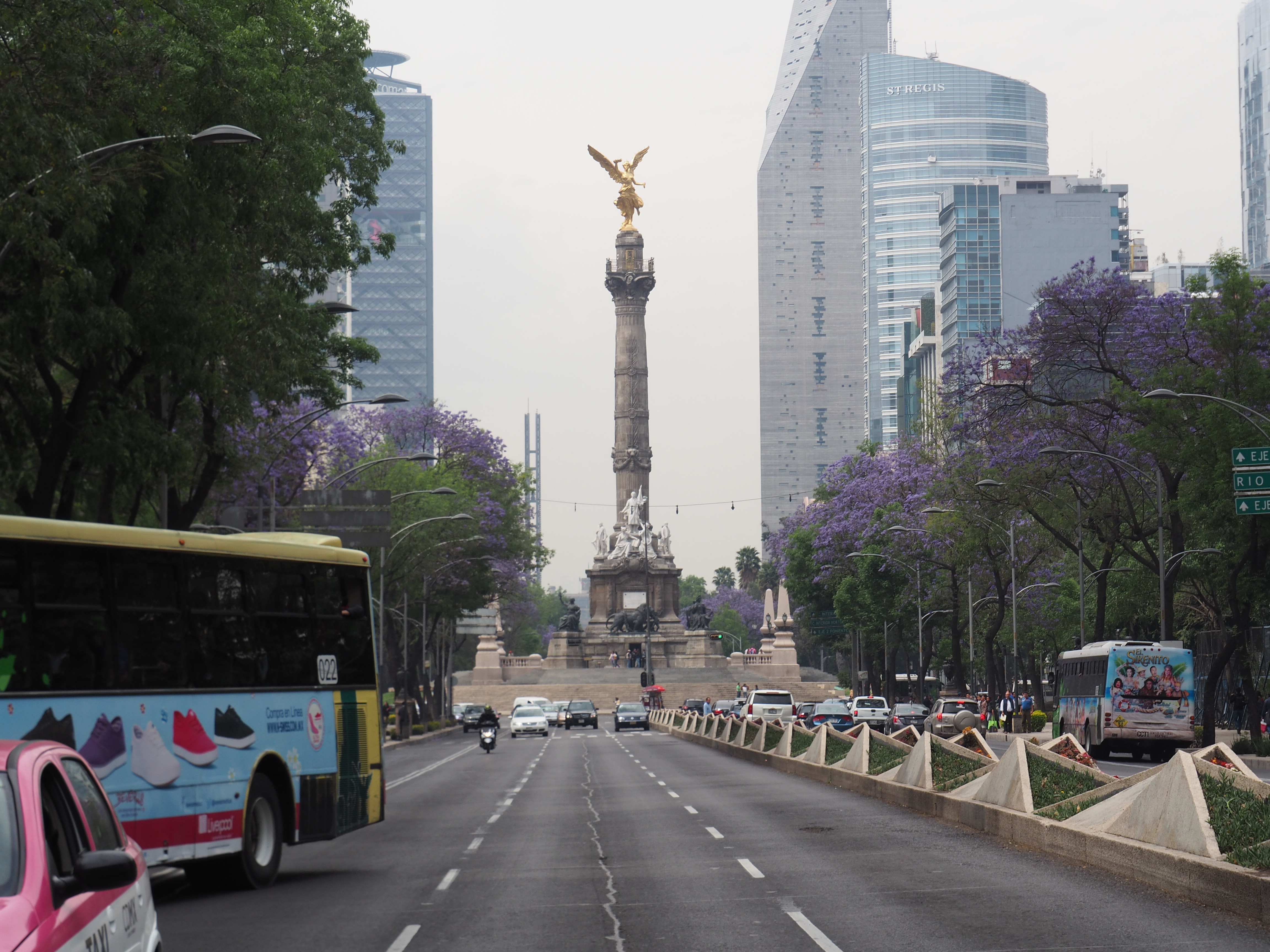
This is commonly referred to by locals as the ‘tower of corruption’ and it was commissioned by the Mexican government to recognise 200 years of Mexico’s independence but it cost such a ridiculous amount of money, that when investigative journo’s looked into how it could cost that much, it was obvious funds allocated to the project had been ‘diverted’ to other wallets. A bit sad really, and it certainly doesn’t hold a candle to the gold angel!
Metropolitan Cathedral (Catedral Metropolitana)
This beautiful, awe-inspiring cathedral stands on one of the four sides of the DF’s Zocolo (main square) and is actually the largest cathedral in the whole of Latin America. It was built in stages between the 16th and 19th centuries and is built right over the top of the former Aztec sacred sites of Tenochtitlan in what is now downtown Mexico City.
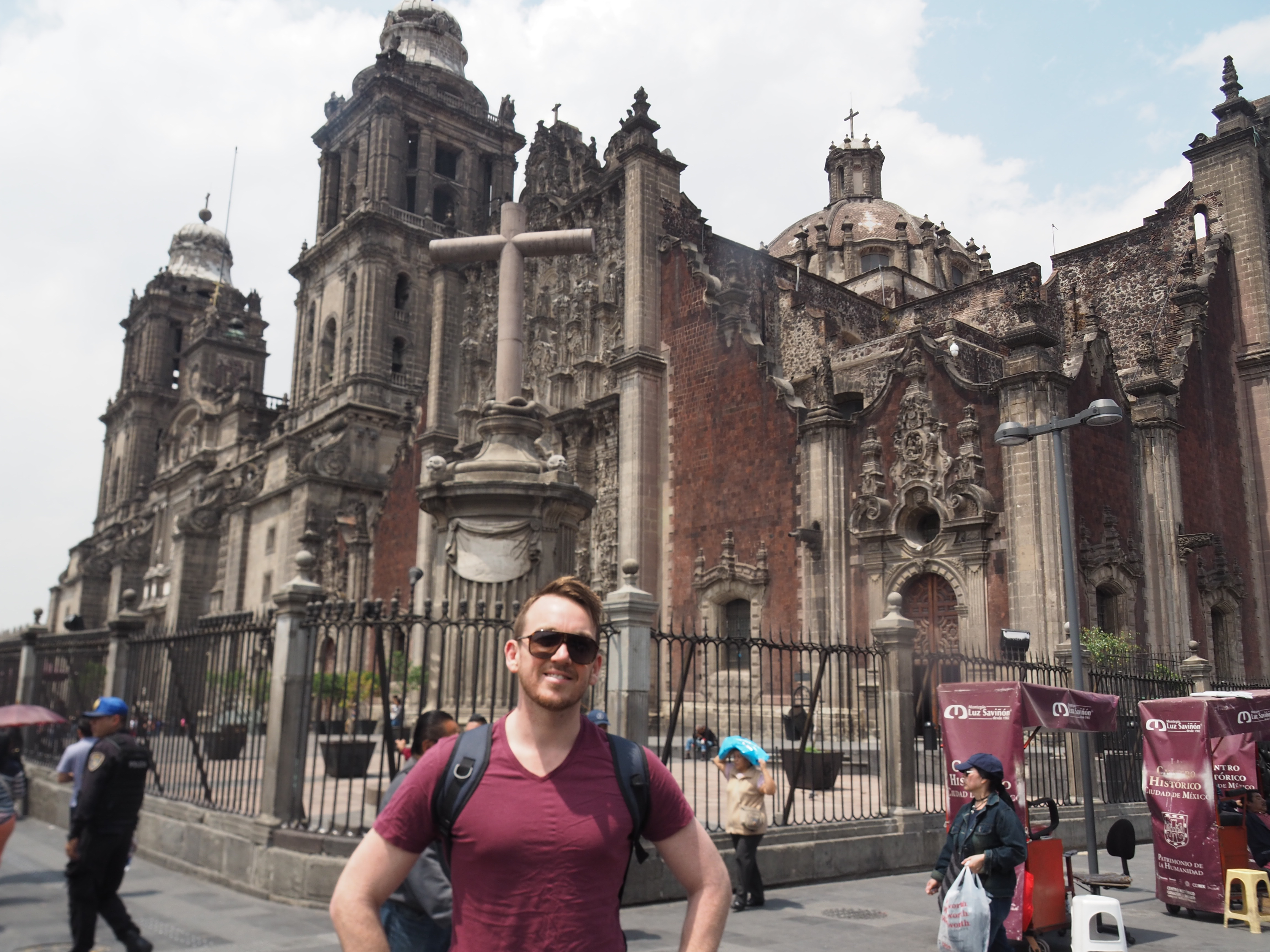
When the Spanish invaded and conquered the Aztecs in the late 1500’s, the city of Tenochtitlan (now Mexico City) was one of the greatest ever seen, with aqueducts and canals joining the floating islands to form one giant, well-organised city. Tenochtitlan was originally built as a floating city in the middle of the giant Lake Texcoco, which has long since been drained and now more modern civilisation resides where the lake once existed.
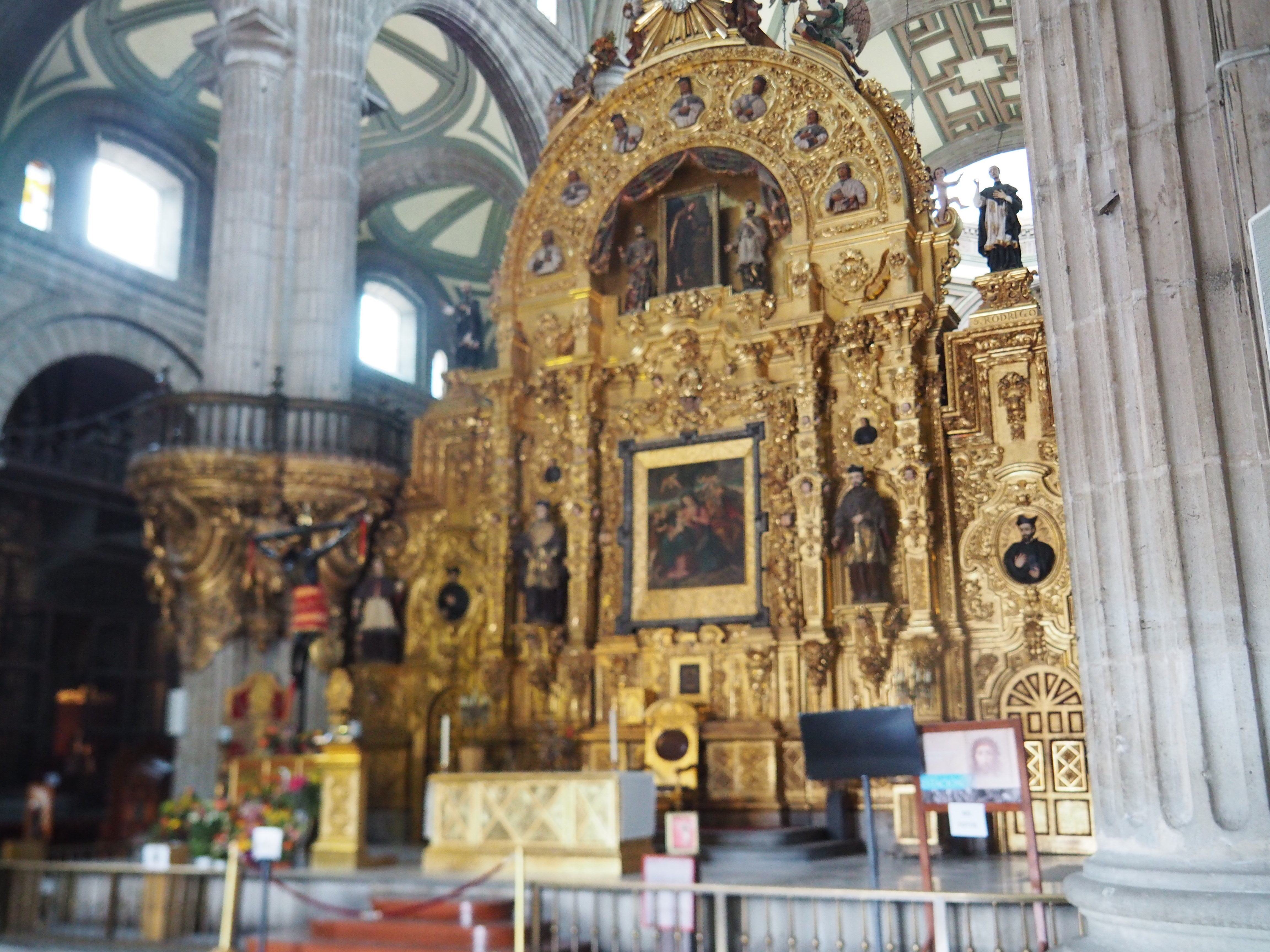
The Cathedral is immense in size, and full of gold and beautiful blues and regal colours, and there are 16 or so separate altars inside, all ornately displaying religious scenes and with soaring arches and a stunning ceiling.
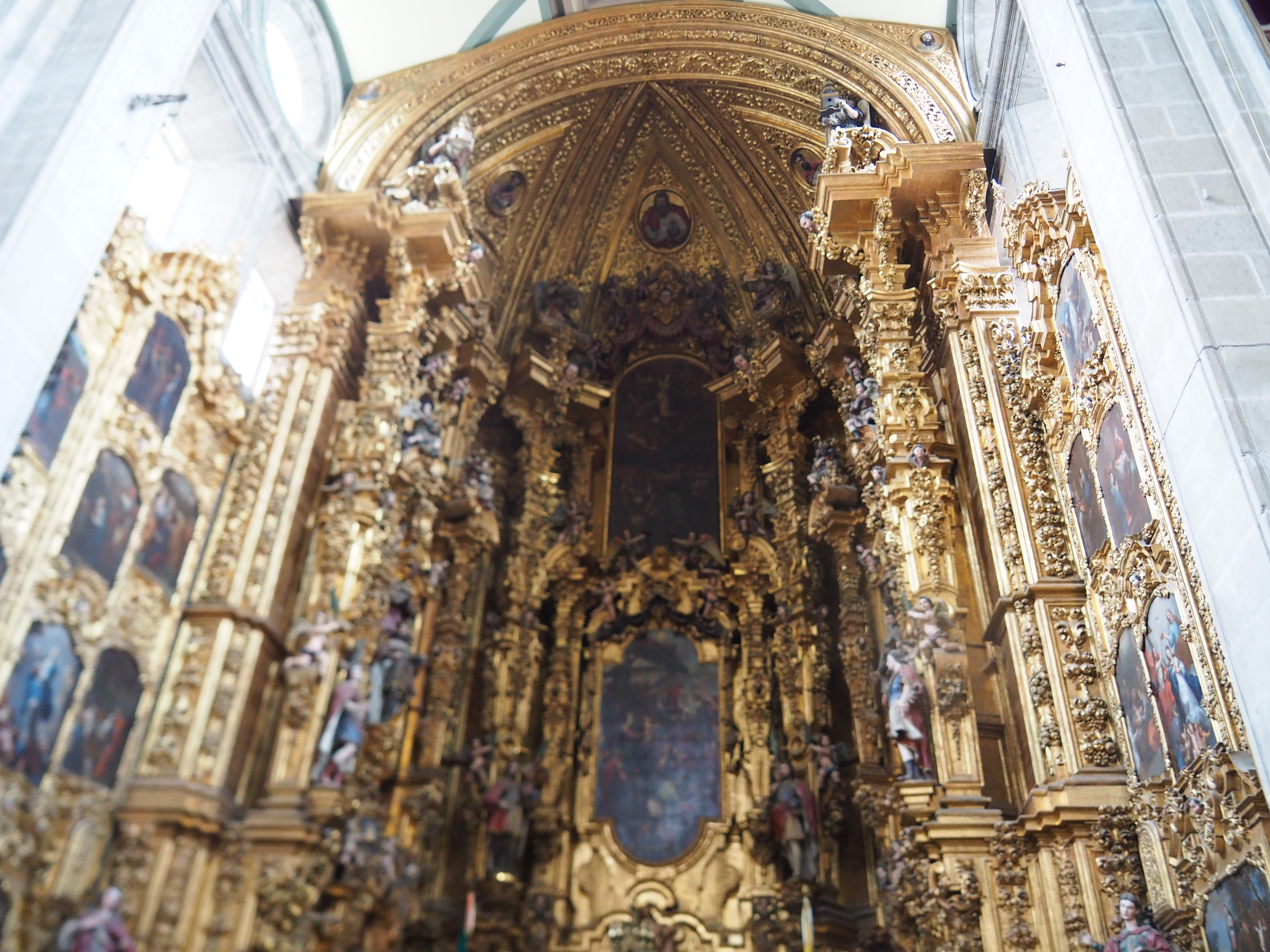
Outside there is a stature of a Pope, with a clever showing of the Virgin Mary carved into his billowing cloak – we didn’t notice her at first but once you see her, it is difficult to not see her!
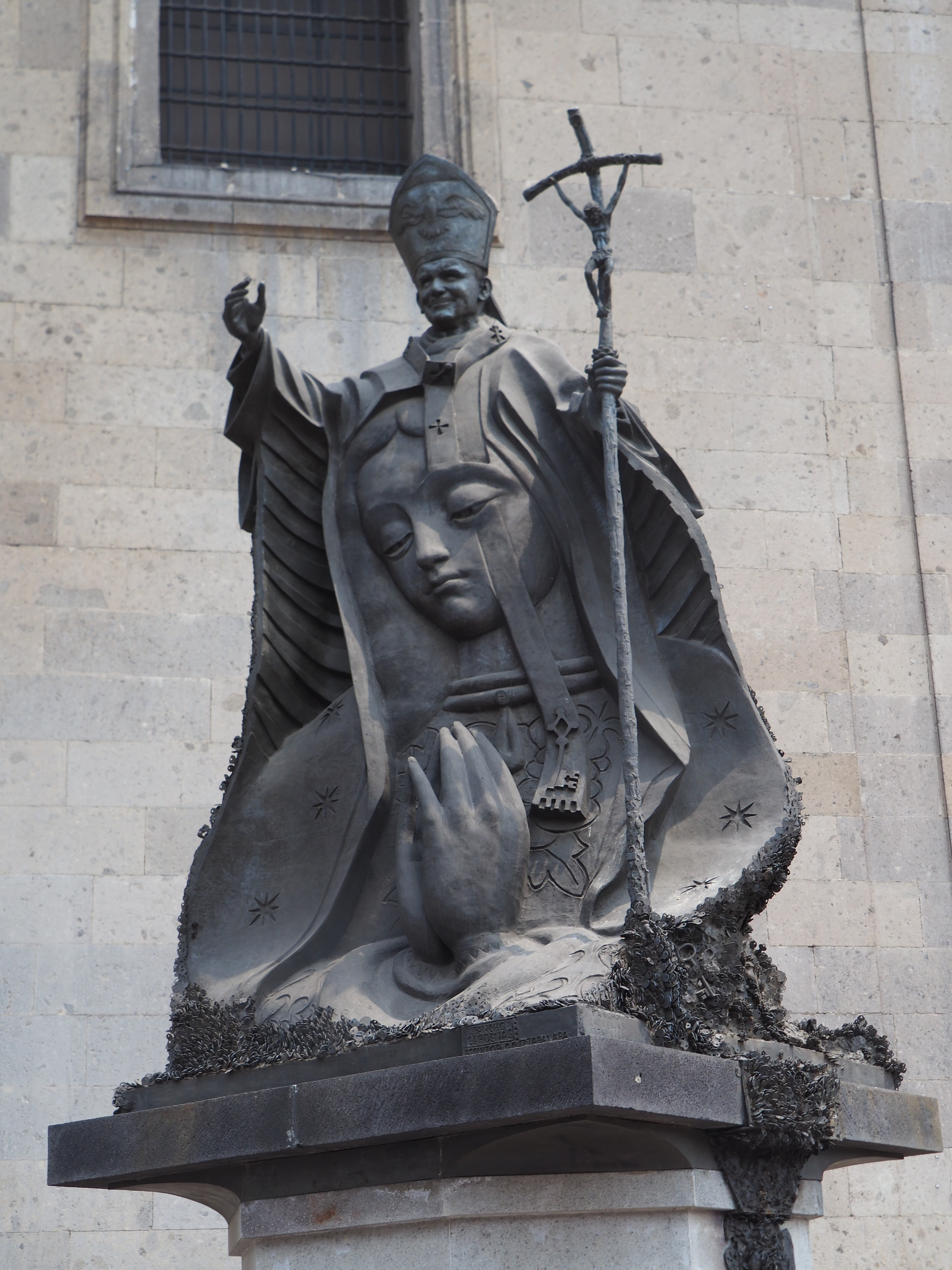
Templo Mayor
Right next to the Cathedral are the excavated ruins of the Templo Mayor, which means “great temple” in spanish, and another one of the must-see sights in Mexico City. These were built by the people of Tenochtitlan over a few hundred years from the mid 1300’s but when the Spanish conquerors invaded in the 1500’s, they destroyed the Templo Mayor, along with most of the rest of the city. So as to remove all memory of the imposing structures, they just literally pulled the structures apart and built their new Spanish colonial city over the top of the ruins.
The exact location of the Templo was forgotten over time, and it was not until the 20th century that scholars finally had a good idea where to start looking for it – the excavations are ongoing now, and whilst a lot of the buildings are obviously destroyed, they are able to recreate what it would have looked like. What is crazy is that this is literally 20 metres from the Cathedral, and right in the middle of the city – its hard to imagine it was there all along!
Templo Mayor Ruins
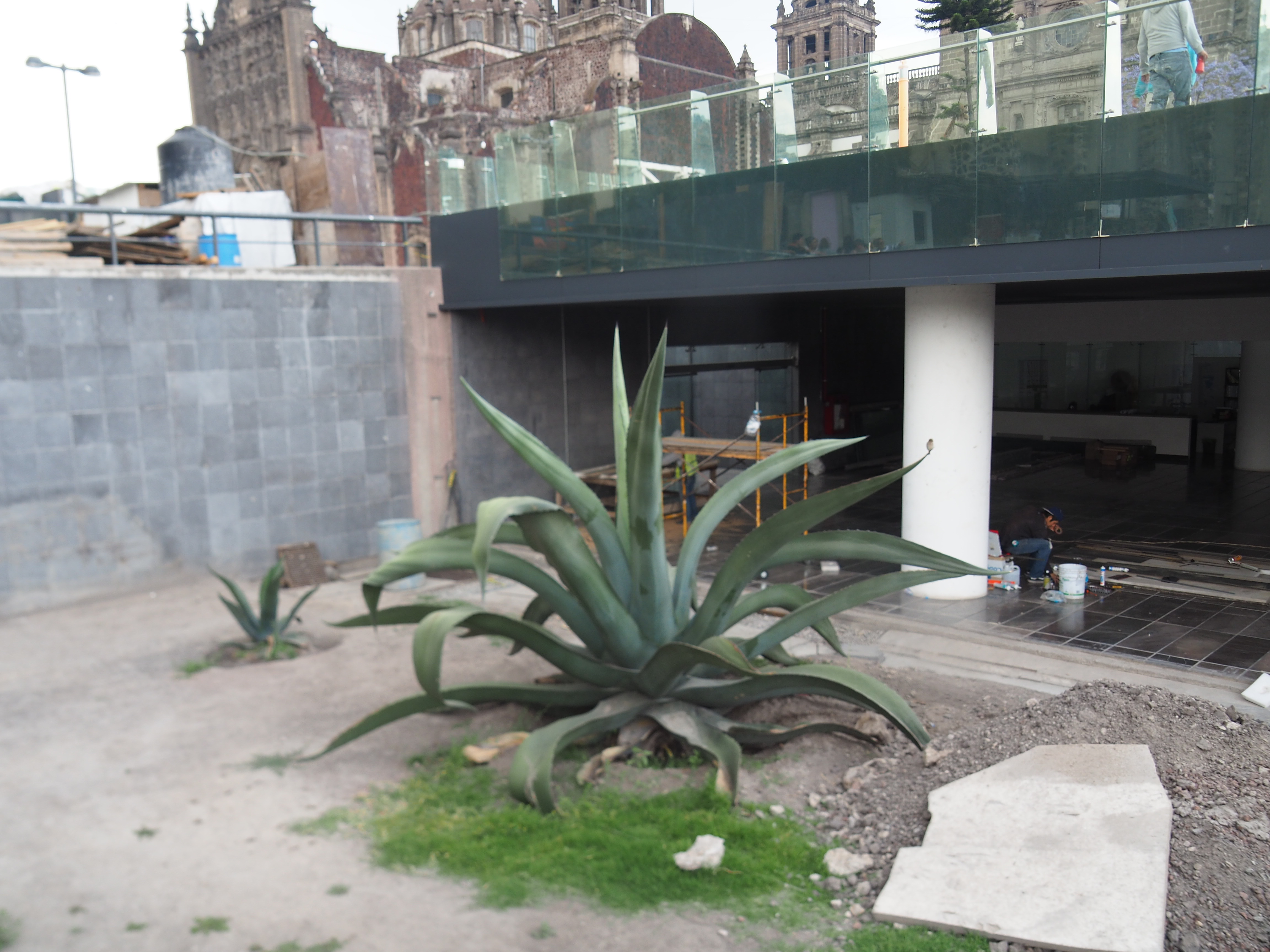
Check out that massive agave – it it about as tall as two grown men!
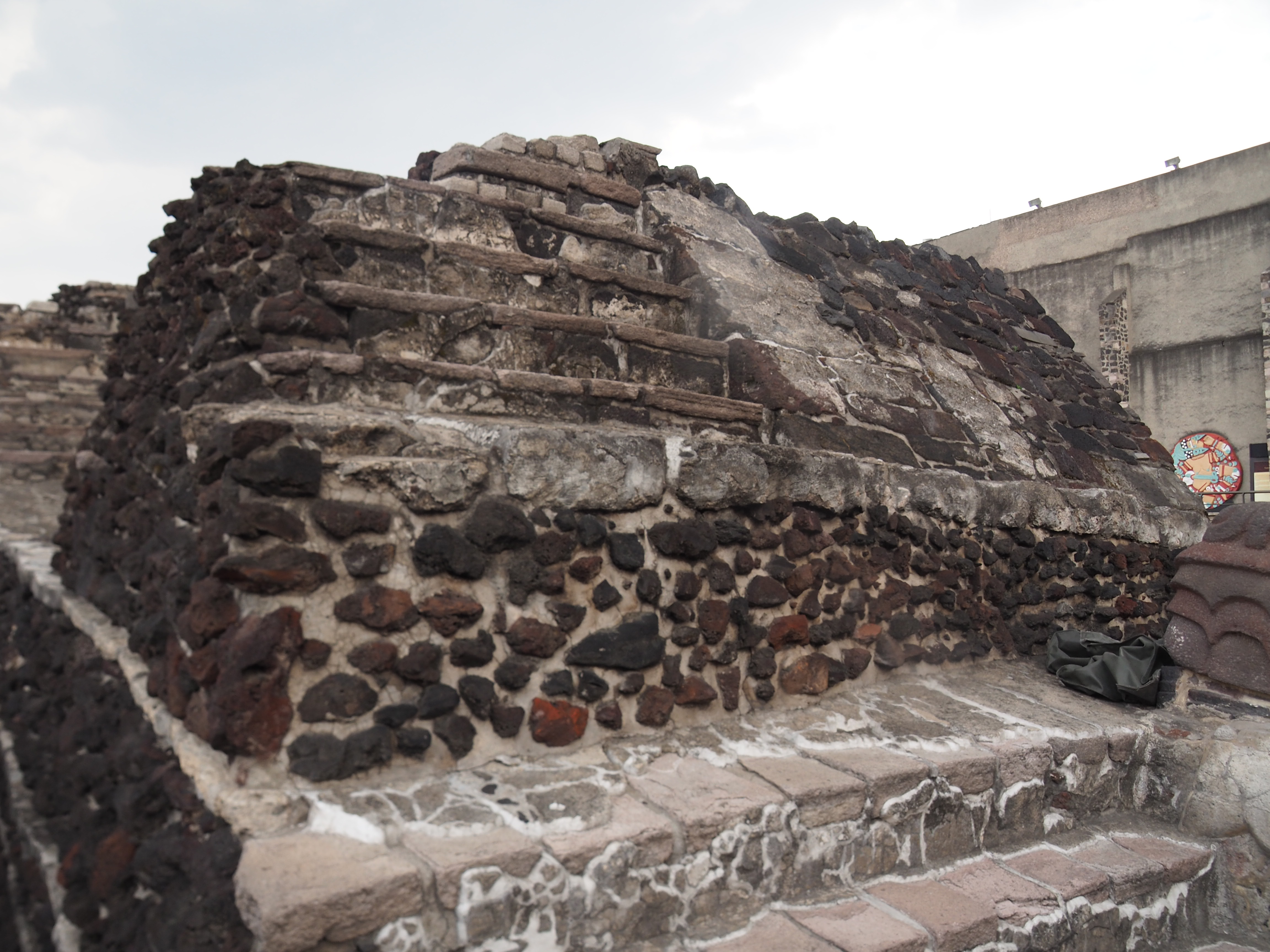
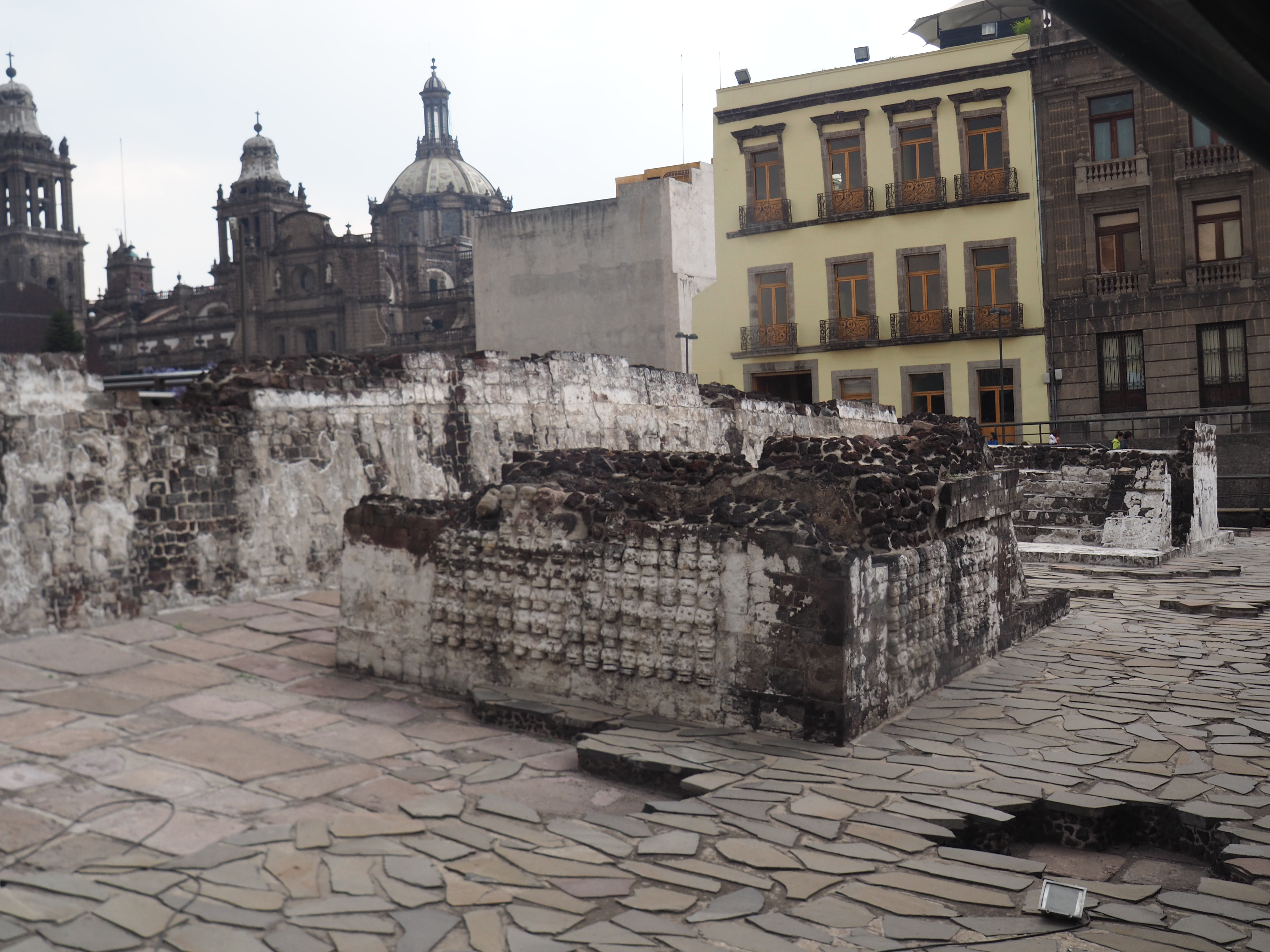
Note the skulls on this building in the photo above – a close up below to show the detail. Luckily these were actually cut from stone, and were not human sacrifices – although that was super common in the time this was originally built.
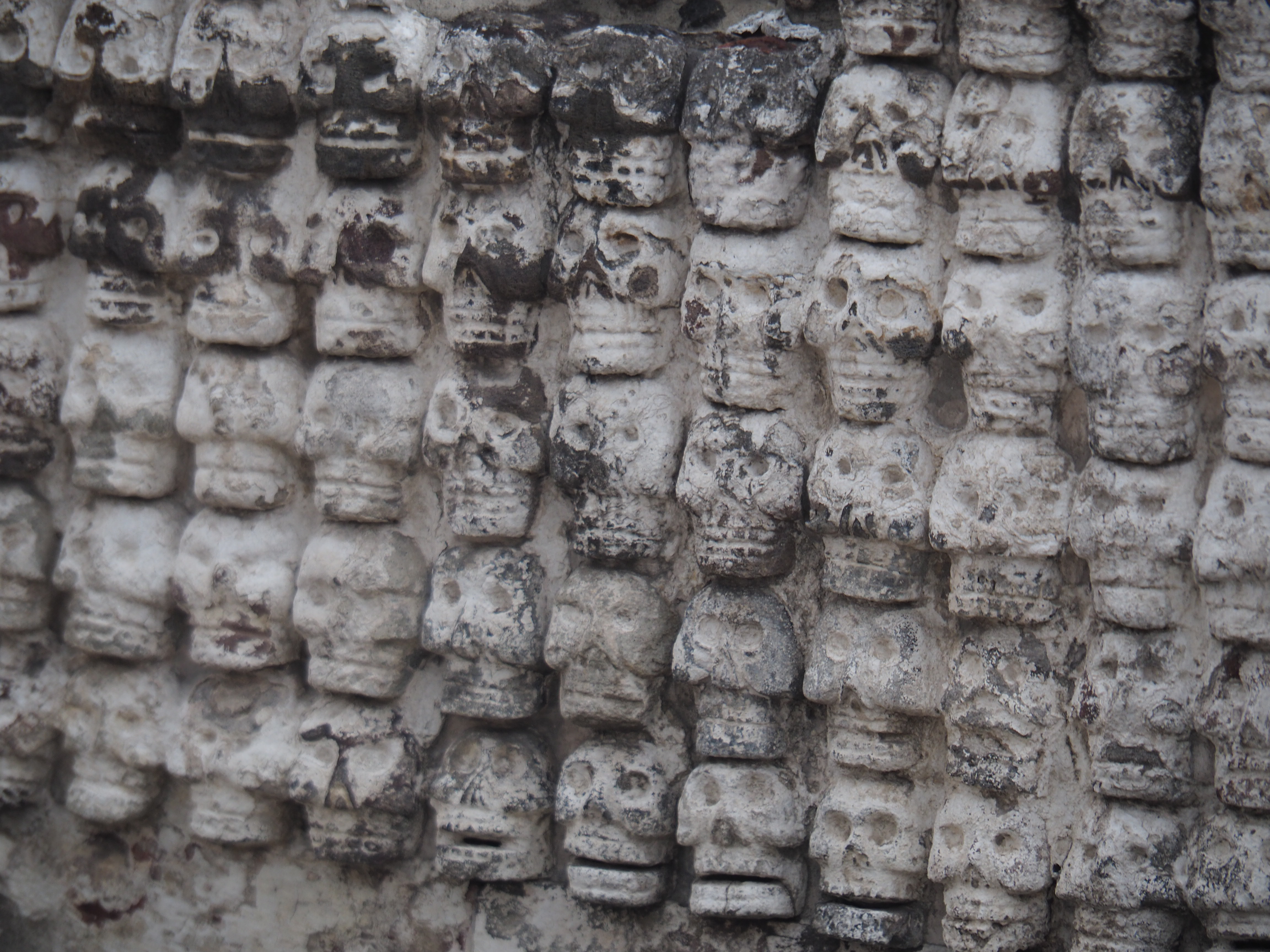
The next photo shows the Templo Mayor ruins with the Cathedral in the background – all those years people would have been going to church and not even knowing there was a buried temple right near where they sat – this just blows my mind!
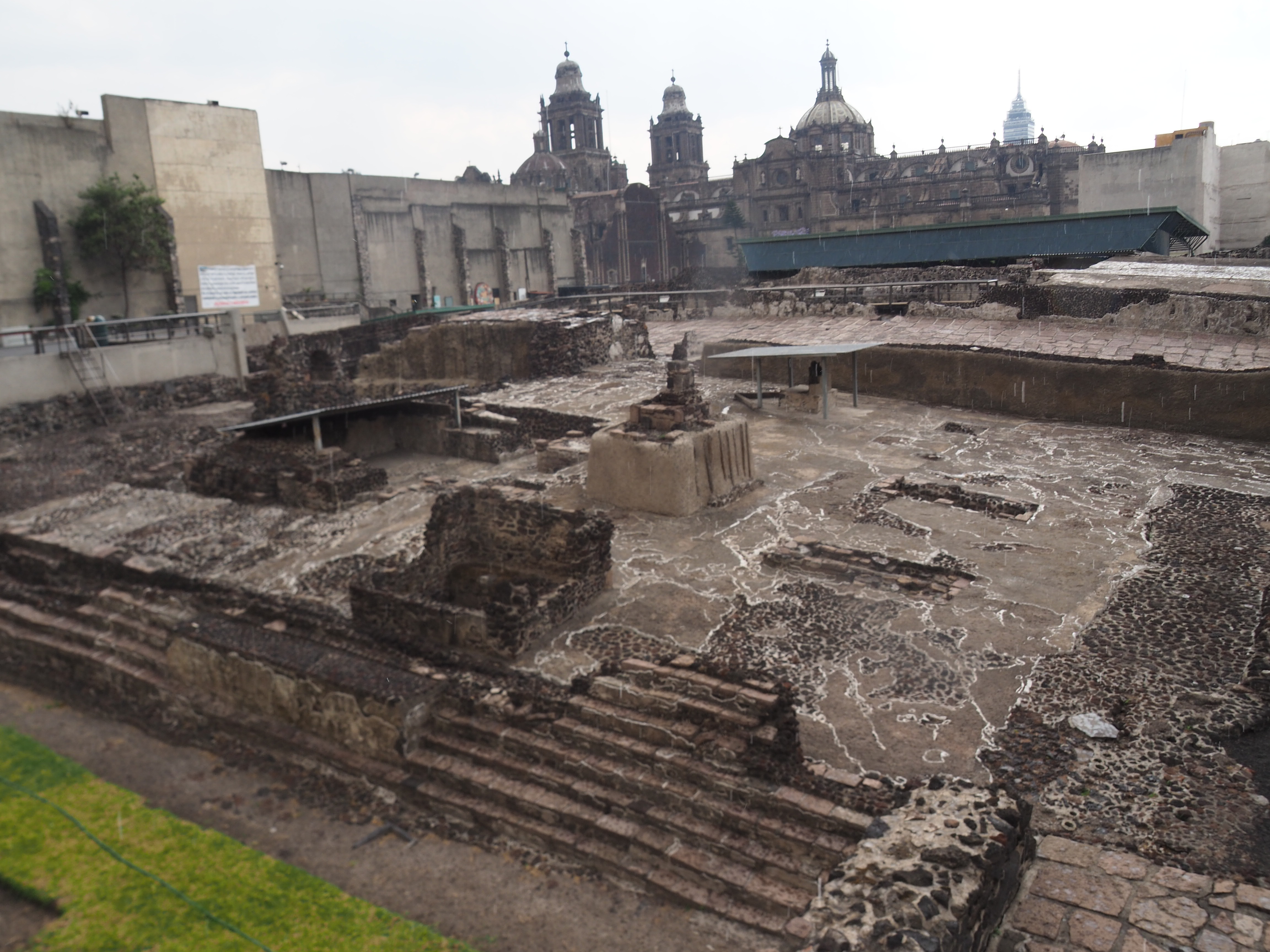
National Palace including Diego Rivera’s amazing murals
After visiting the Templo, there was one more thing we really wanted to see in the Central Historico and that is the National Palace, the President’s home and palace. As with the Cathedral, the long National Palace lines one of the four sides of the zocala, and looks quite imposing, with armed guards all around and a high security presence – for obvious reasons I suppose!
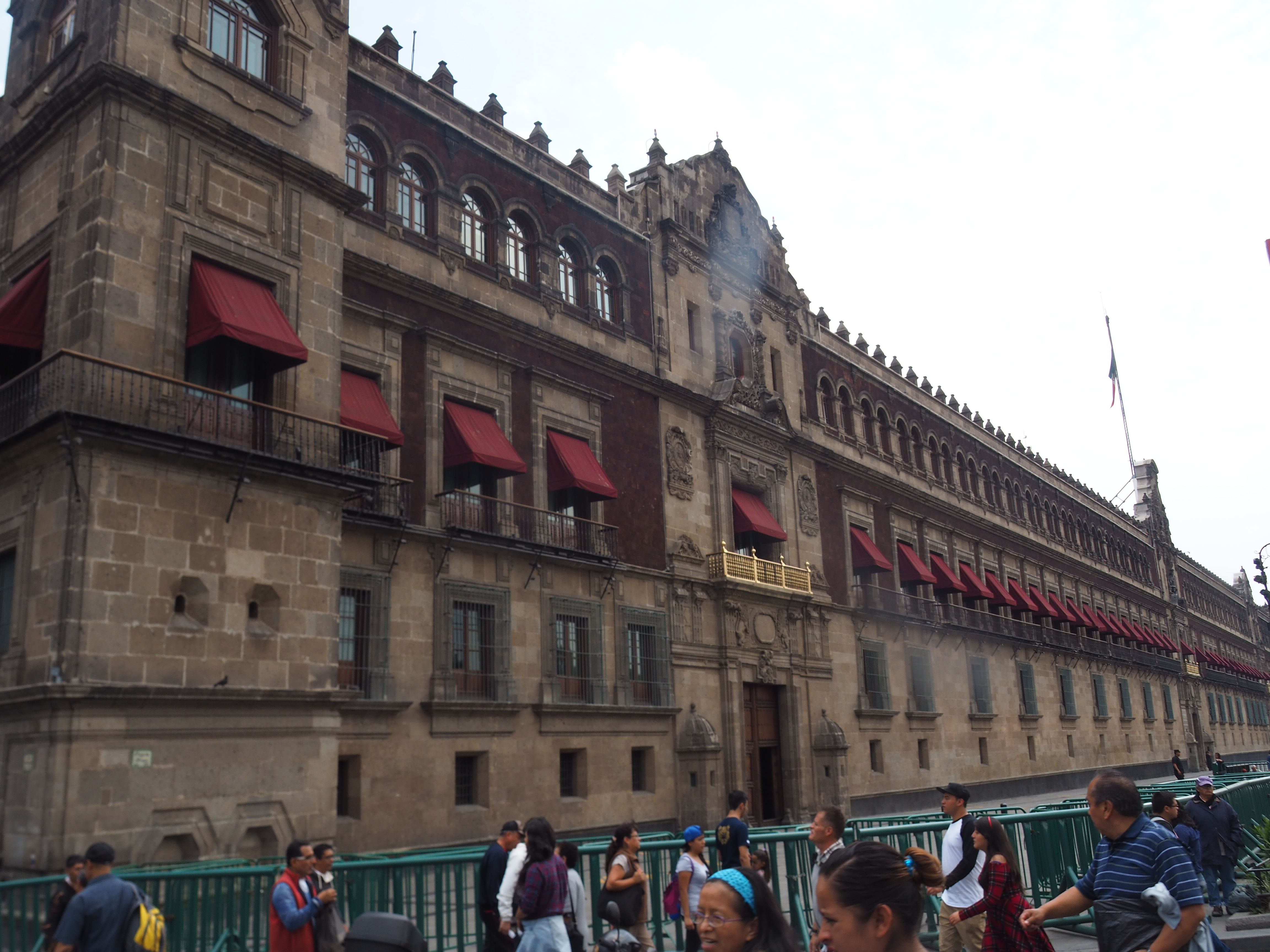
We waited about half an hour to get into line and had to leave Dave’s drivers license at the front (which seemed a bit weird, but everyone else seemed fine with it, so we rolled with it!), then we walked on inside and were actually blown away by the vastness of the Palace. Behind the walls, there were three different beautiful native gardens, with cactus (cacti?) of all shapes and sizes on display. Here’s Dave in the cactus garden… with a strategically placed cactus between his legs haha
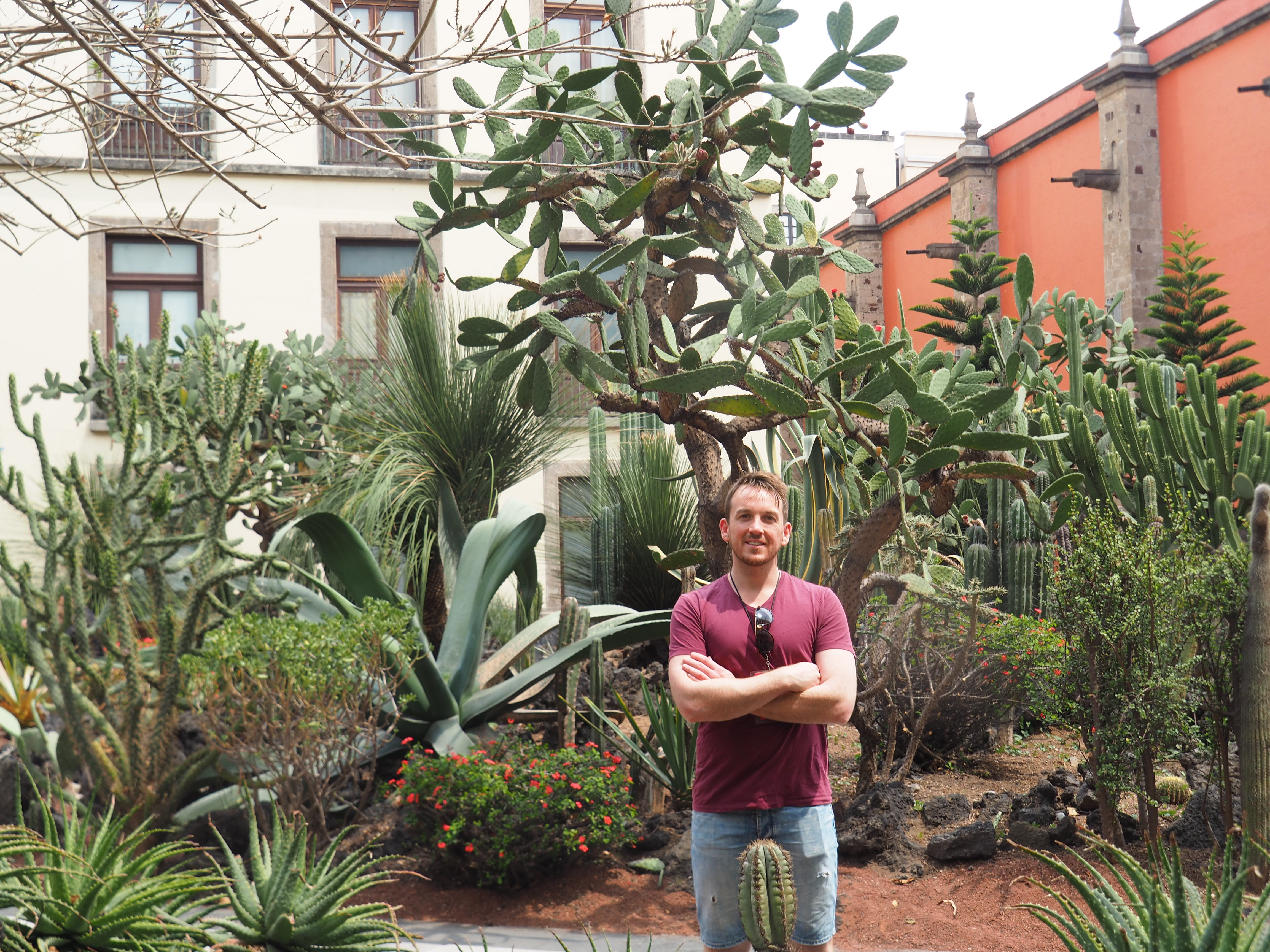
Besides the numerous garden courtyards there were also outside courtyards with beautiful statues and fountains – a lot of the Mexican City buildings mirror European design, due to the Spanish influence, and the French influence. Funny as we never knew the Spanish and French had so much sway over here – although to be fair, we never learnt anything about the Mexican history so this was all new to us.
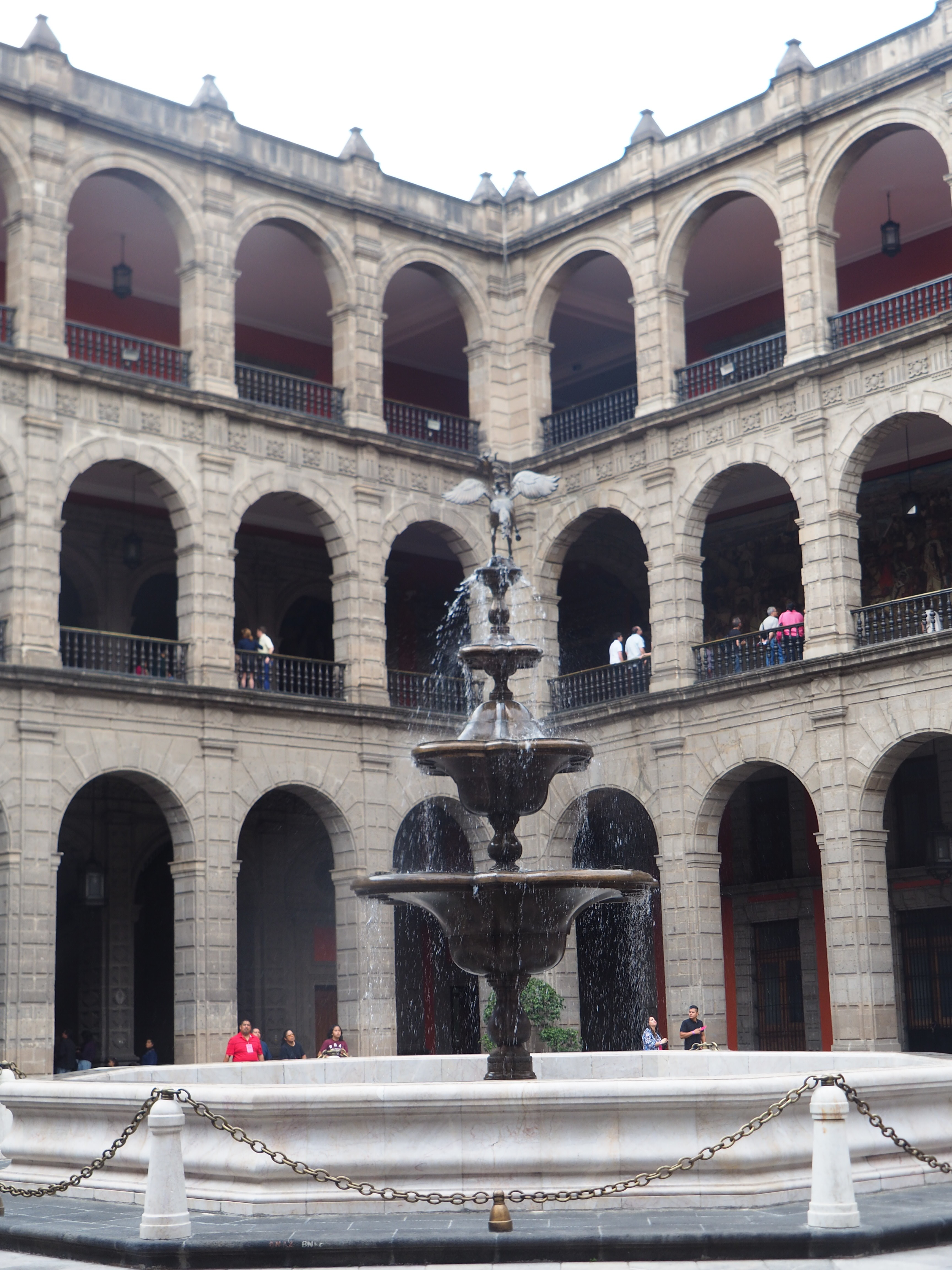
We hired an English speaking guide to show us around the Palace, besides the fact that all the display boards were in Spanish, we particularly wanted a thorough explanation of the phenomenal Diego Rivera frescos which were painted directly onto the walls on the National Palace as a kind of commemoration and remembrance of Mexico’s history.
Words will truly not be able to explain the amazingness of these frescos – considering they were close to 100 years old, and are outside (undercover but still exposed to the elements), the colours are as vibrant as anything, and the level of detail in them is amazing.
What the original city of Tenochtitlan looked alike – the city built on a network of canals over the top of the great lake.
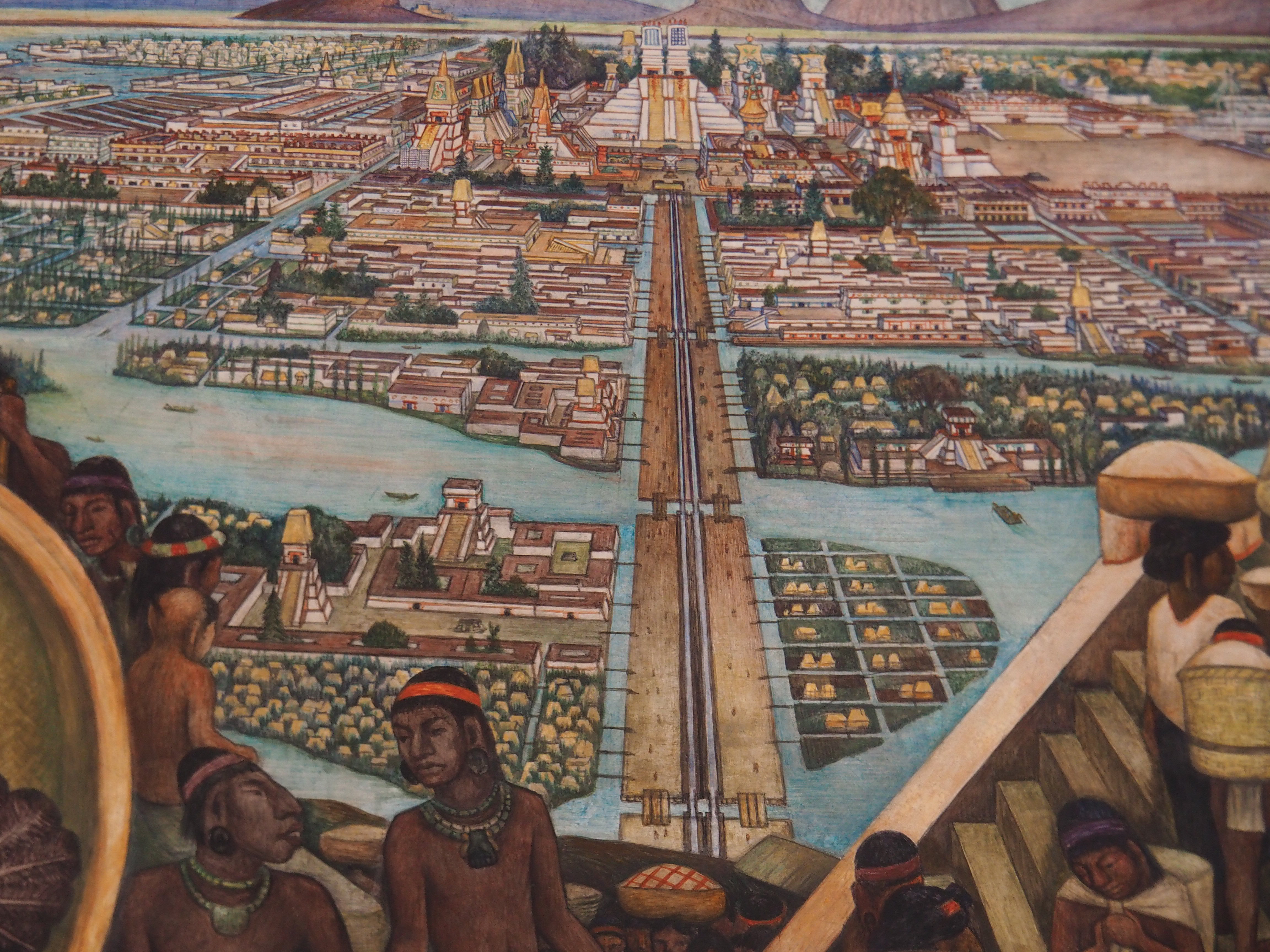
One of the frescos included the entire history of Mexico, from before the Aztecs, right through to the Spanish, then French invasions, through to the election of the various Mexican Presidents. It was actually incredibly awe-inspiring, and I am not that into art – no wonder it took Diego 16 years to paint – the detail was intricate! Here are some more photos, although they certainly do not do justice to the originals.
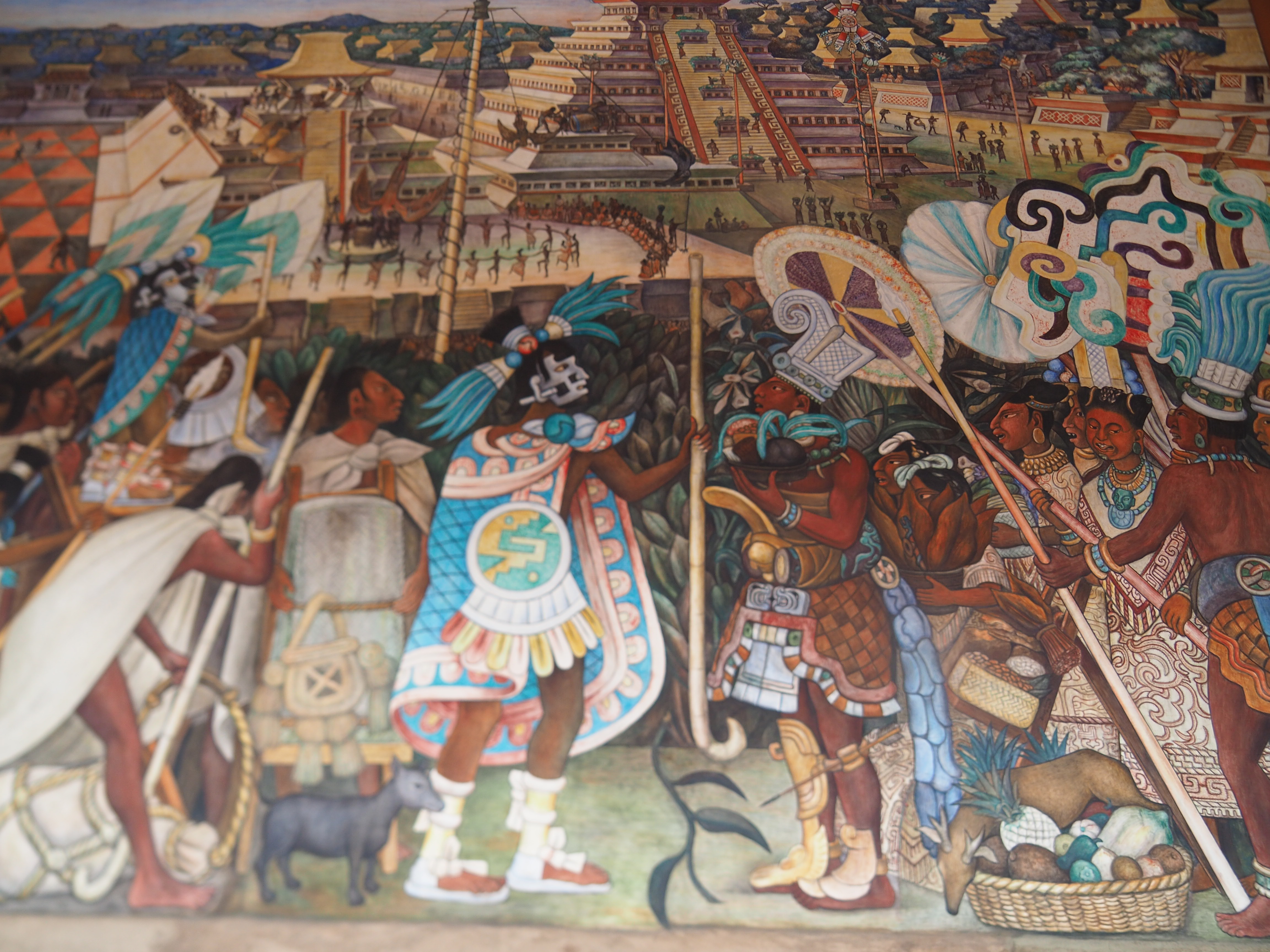
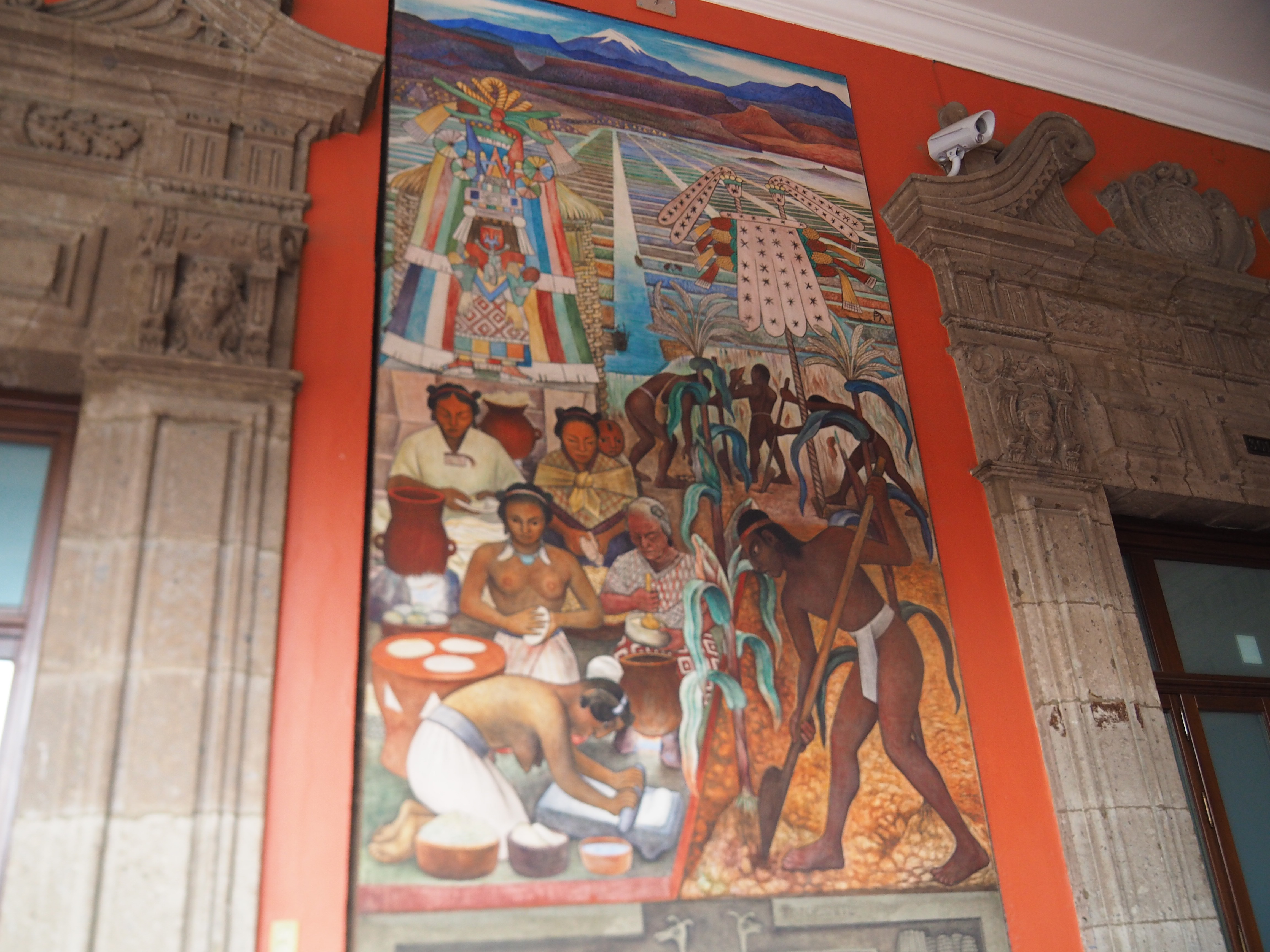
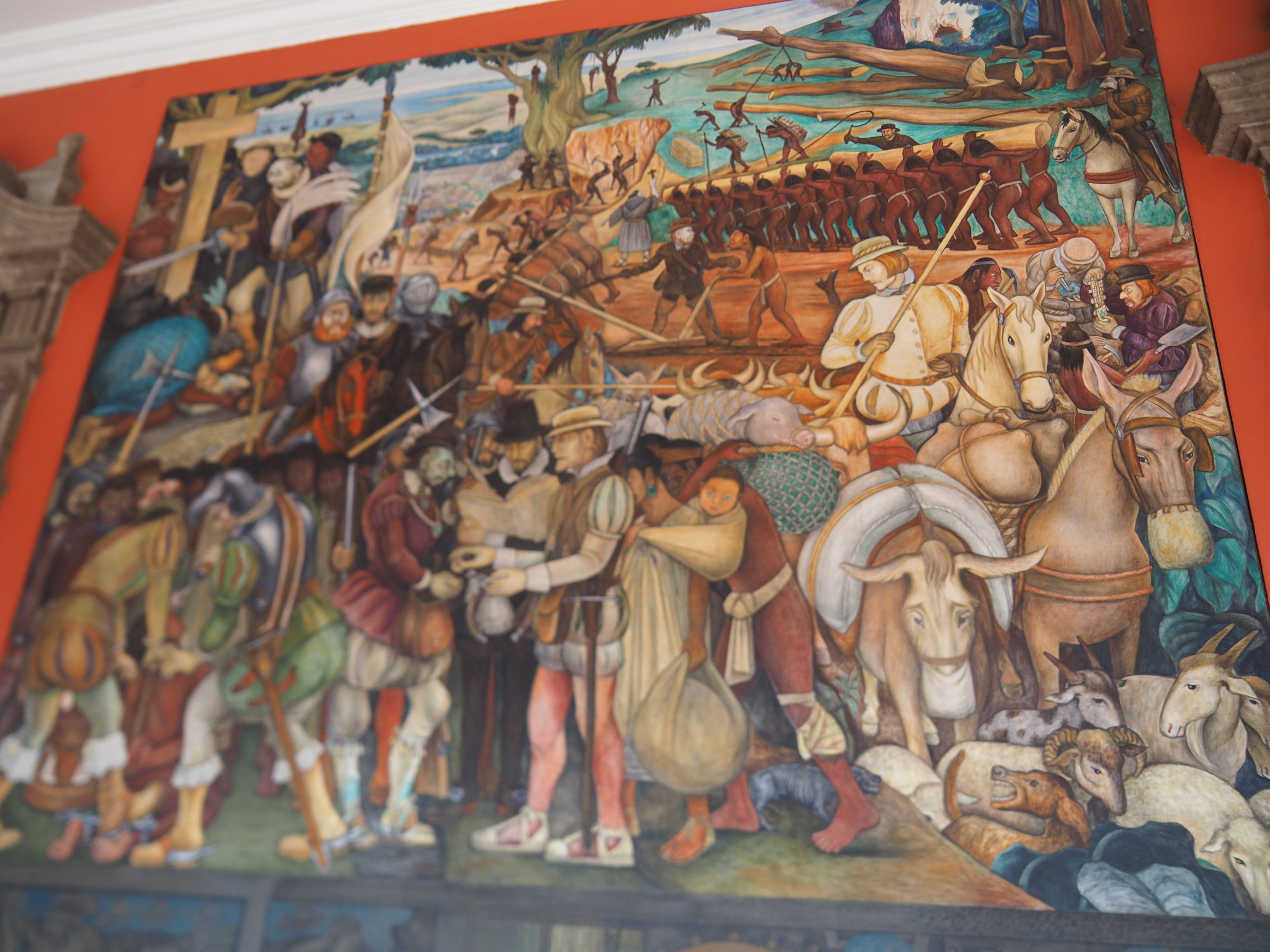
Another impressive site was the Chapultepec Castle, which was rebuilt (as with so many buildings in Mexico City) numerous times depending on who was conquering who. The Castle itself is located in the middle of beautiful gardens called the Chapultepec Gardens, and it is reminiscent of Kings Park in Perth or Central Park in New York. Certainly not what we expected in Mexico City!
Chapultepec Castle and Gardens
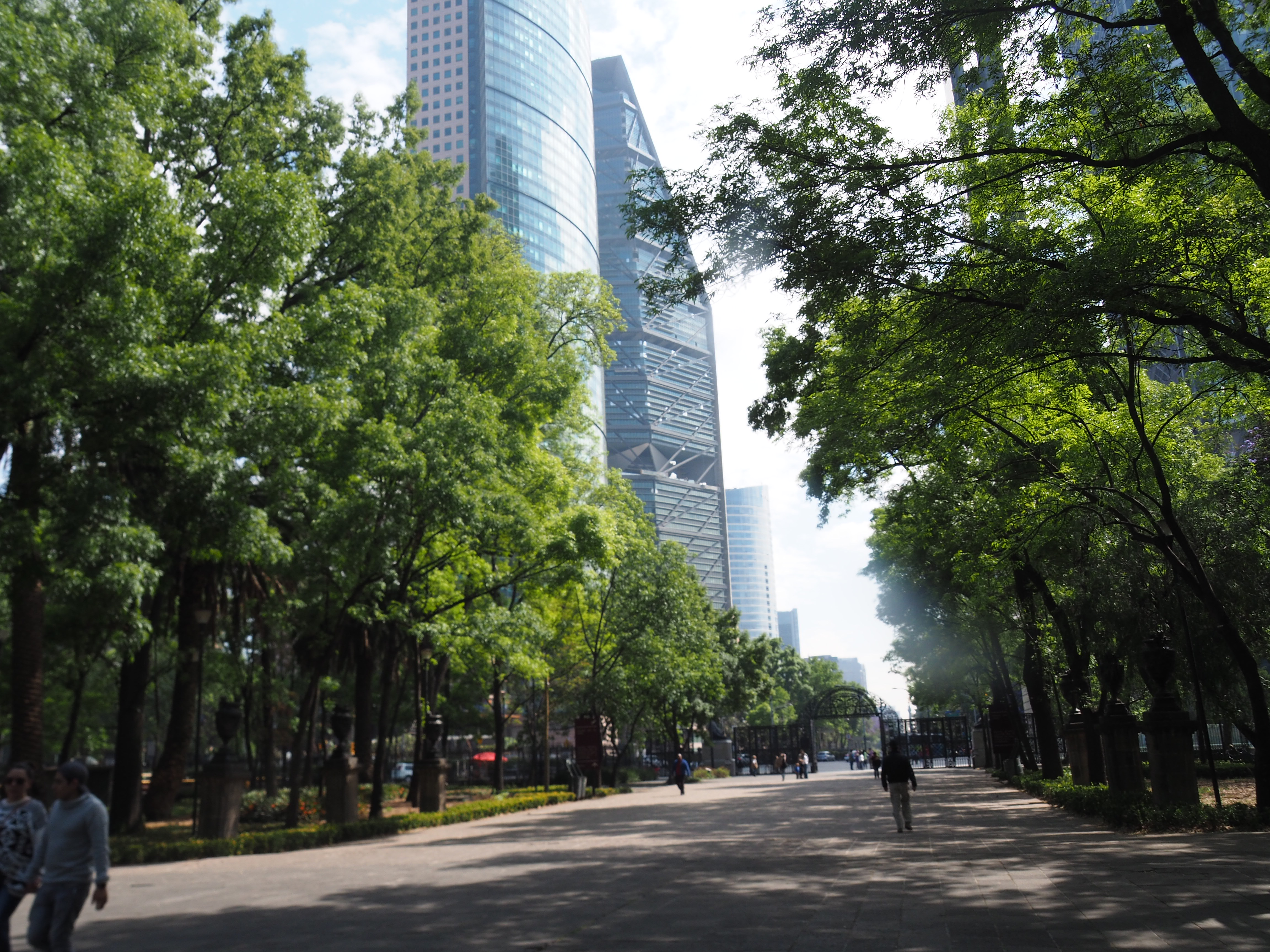
We walked down the main tree lined boulevard where we could see the Castle standing proud right on top of the mountain in the middle of the park – we hadn’t planned to visit this but after seeing it rise up out of nowhere, we could not resist. And it was worth it.
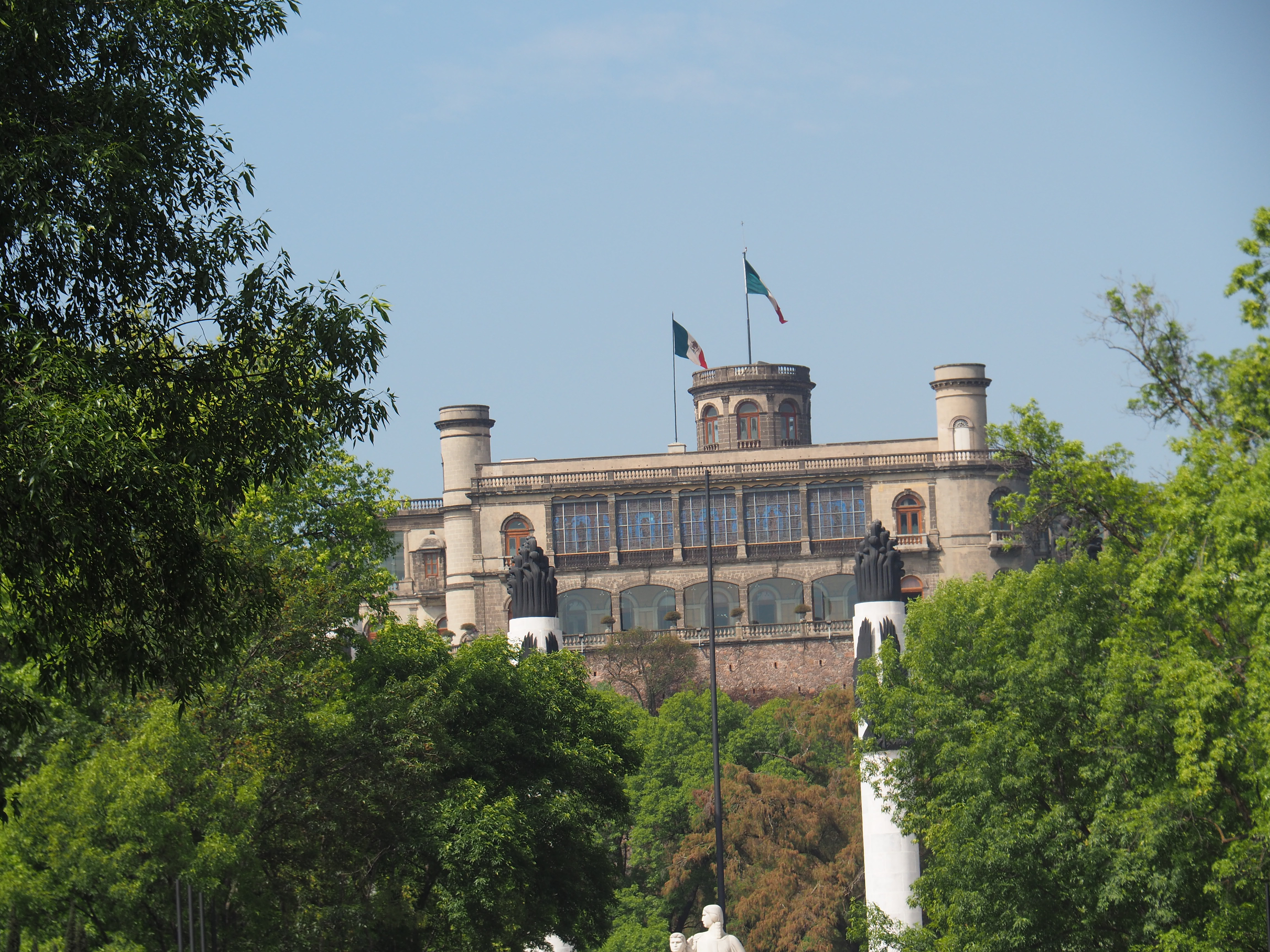
To get to the Castle itself there was a steep winding road you had to walk up – well we walked up it, but there was a cute little train making the journey a bit easier for some folks – by the time we left, the line to catch the train up was about 100 metres long! The walk up the hill was not too bad, it took us maybe 20 minutes and the views on the way up had us looking forward in anticipation to what the final view form the top would be.
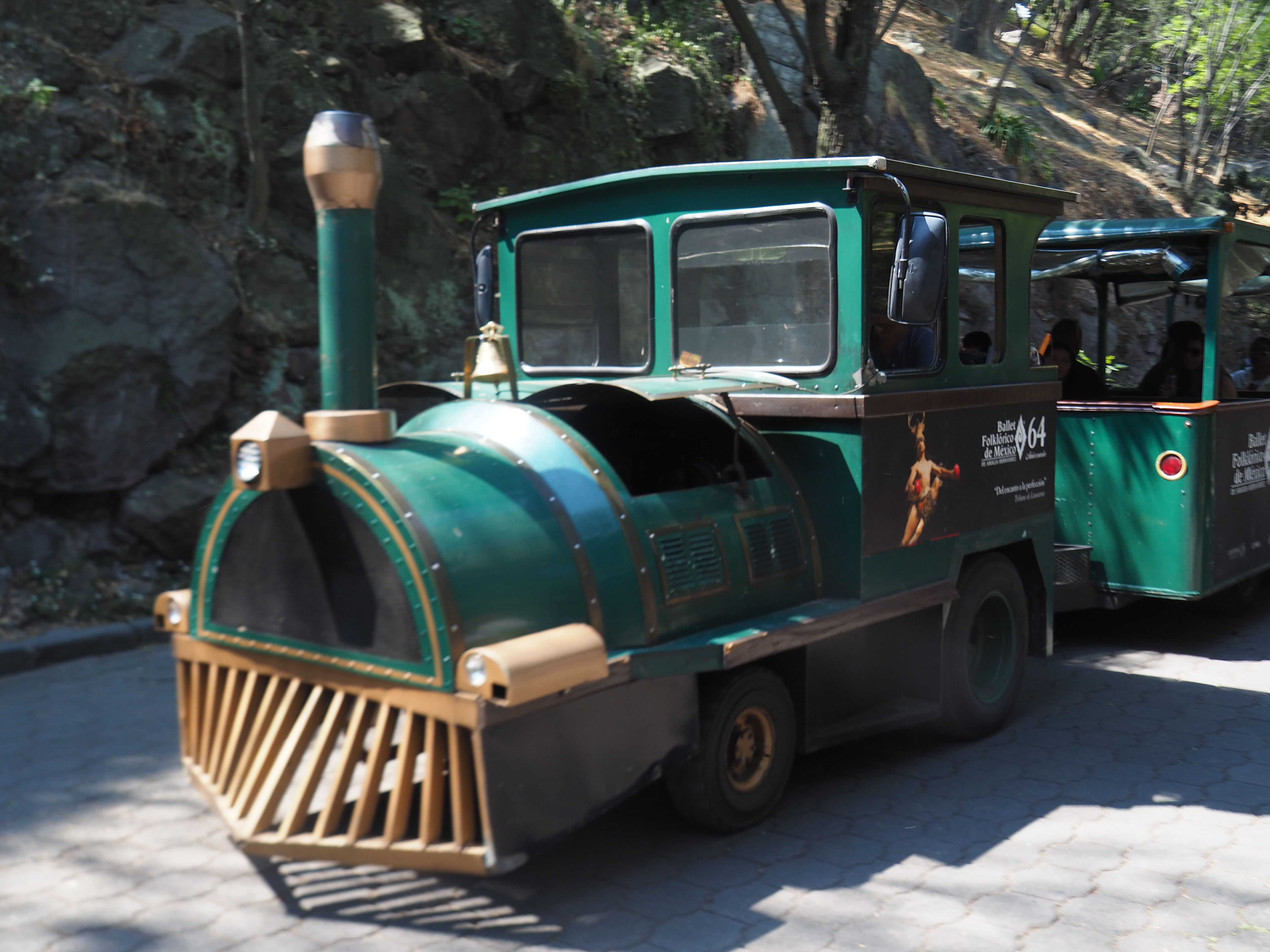
Once we paid our entrance fee (approximately $3.50 per person), we made our way inside the huge outdoor courtyard and wondered where on earth do we begin! The Castle was a lot bigger up close than it looked from down below. We decided to once again hire an english speaking guide – without knowing more detail about Mexico’s history, it is difficult to appreciate what you are seeing, so we consider this to be money well spent.
We learnt that the building that currently stands here is only about 200 years old, and was built by the French on the orders of Napoleon the 3rd and it is the only royal castle in North America that actually housed royalty – in this case, Emperor Maximillion and his Empress, Carlotta.
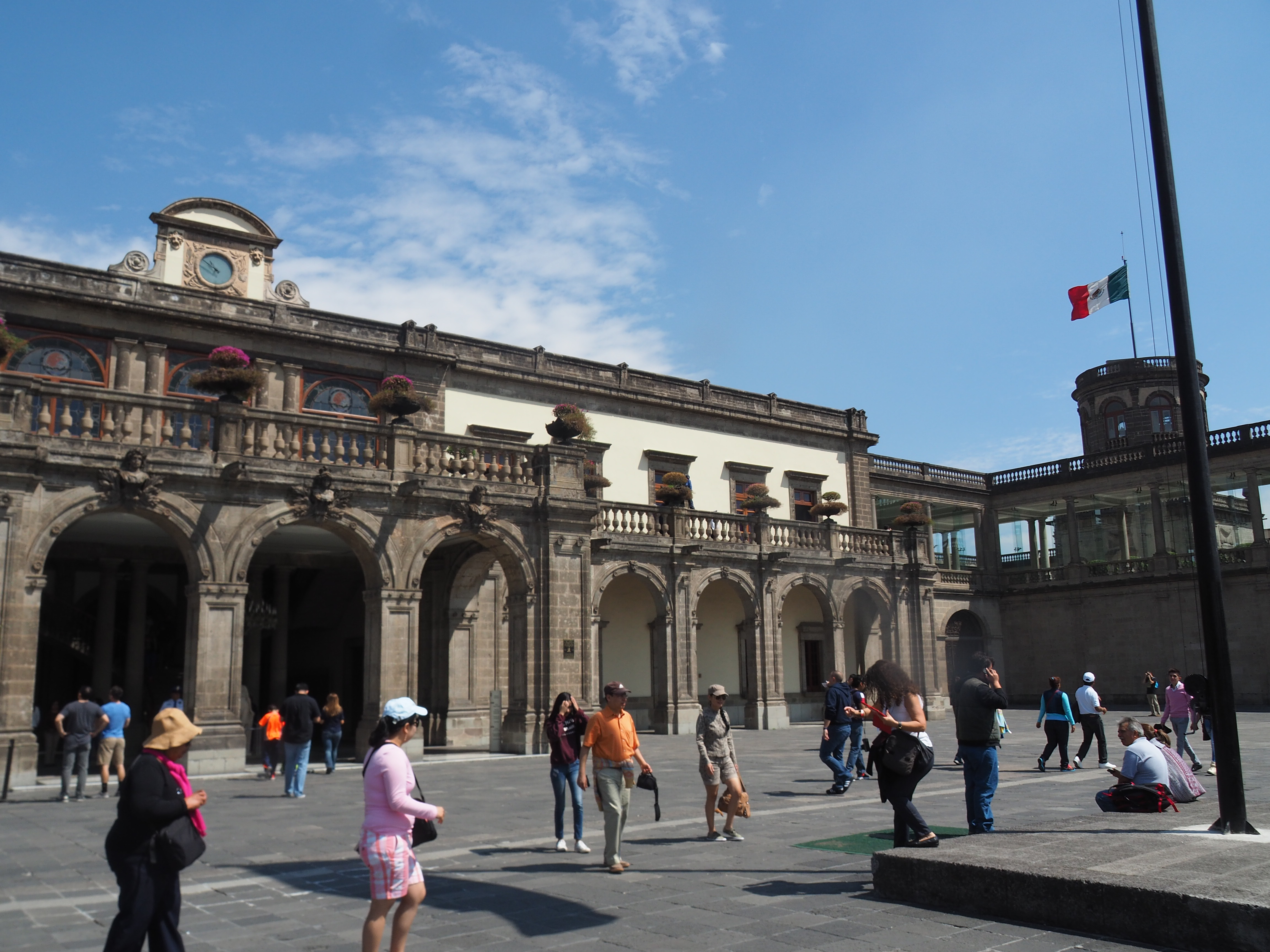
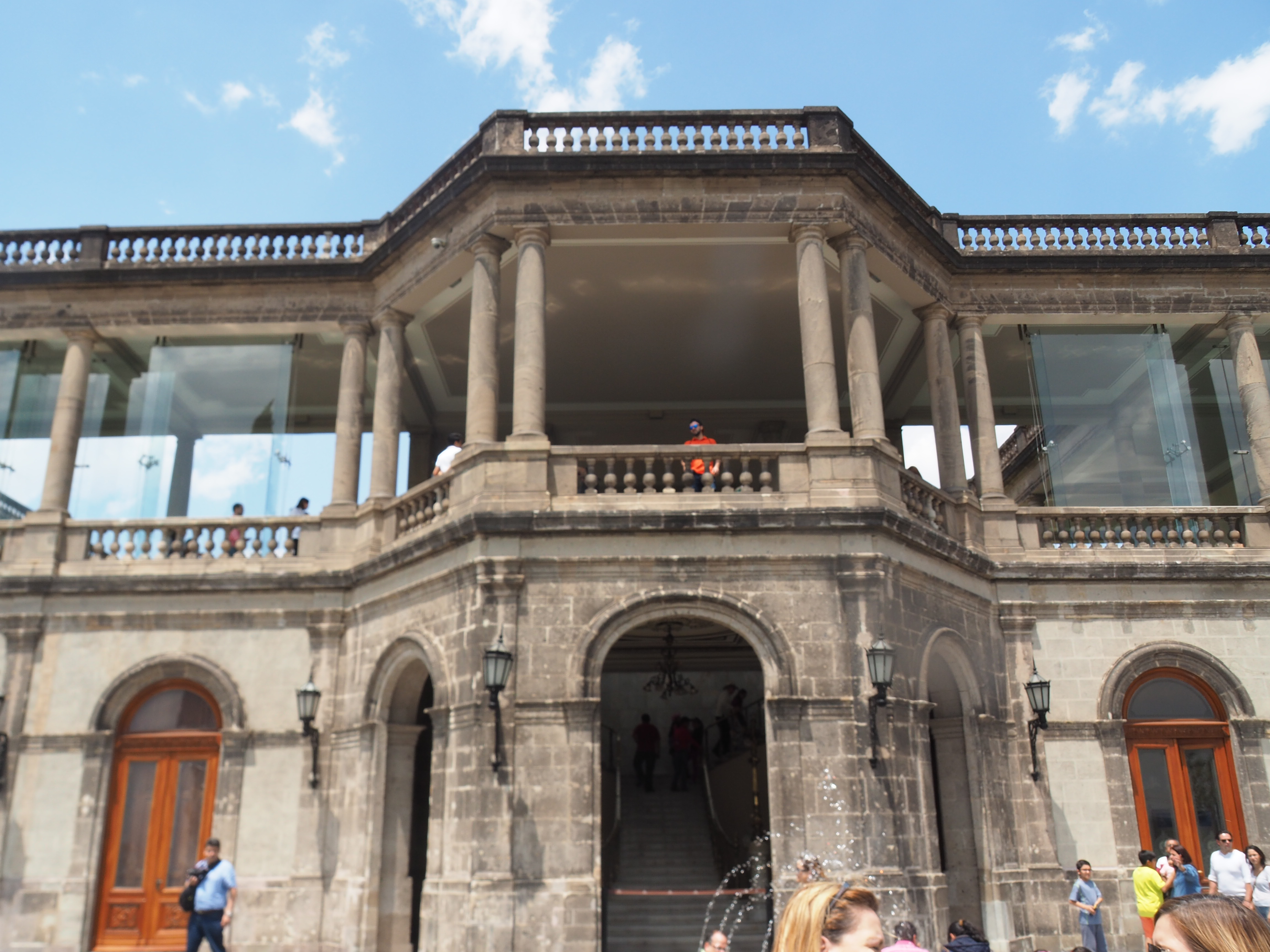
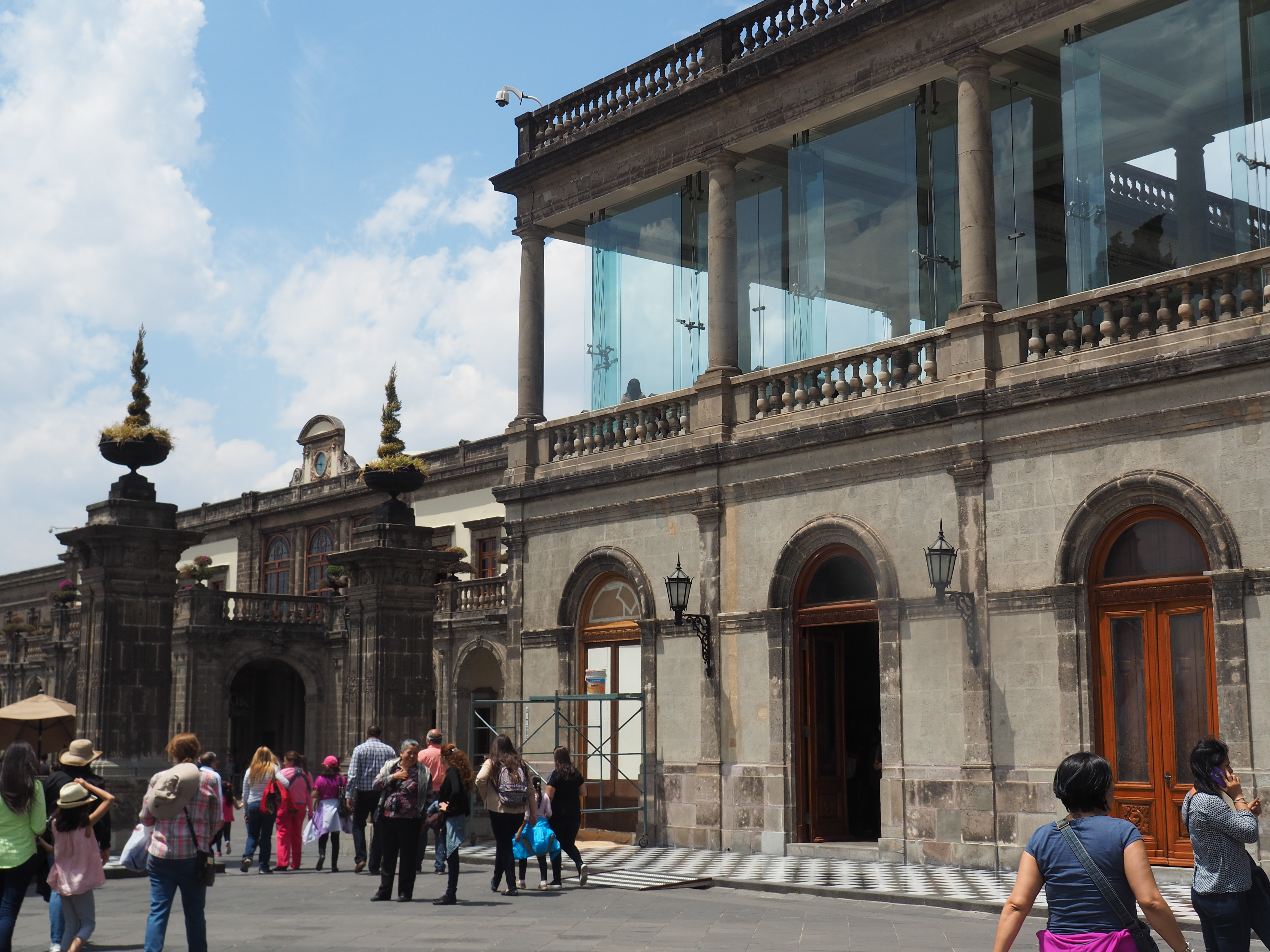
When Maximillion and Carlotta arrived from Europe to rule Mexico, they had commissioned the most beautiful chariot that they would use to travel from Veracruz where their ship docked, to Mexico City. They wanted to show the people of Mexico their wealth and prestige and this chariot (pictured below) was sure to do that… what a pity that on the first day of their three week journey overland to Mexico City, a wheel broke on the chariot, and they had to use a small, black, sombre looking chariot to make the majority of the journey! Luckily of them, the original chariot was fixed in time for them to ride it into Mexico City on the final day of their journey. This was the last time the chariot was used!
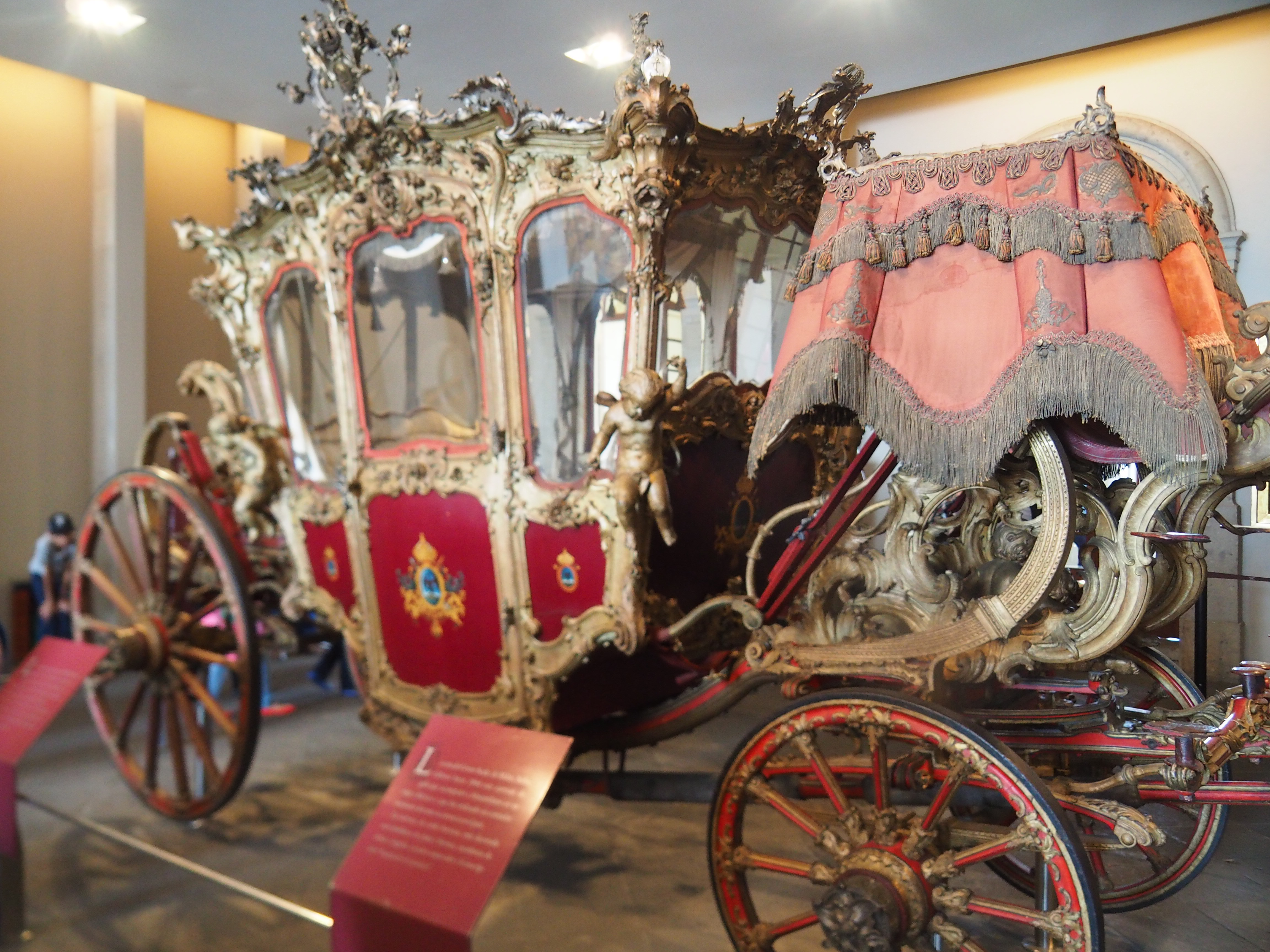
The rooftop gardens were famous for the parties that Empress Carlotta would hold, and to this day, the President will entertain his regal guests here. The black and white tiles are original and as stunning today as they were in yesteryear.
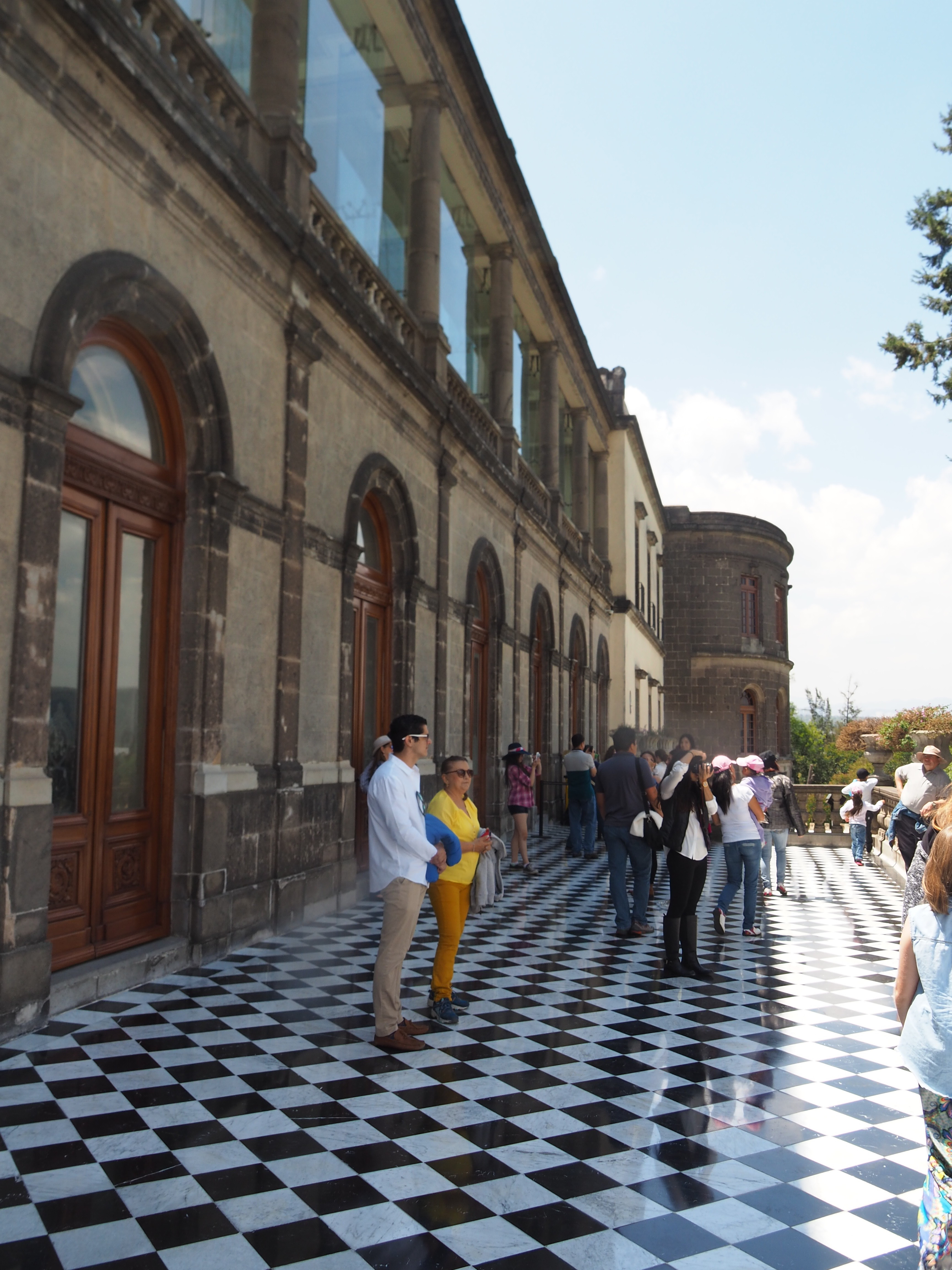
View from the top of the Castle looking back towards the city centre, and if you look closely you can see the Angel of Independence at the very end of the boulevard – what a view!
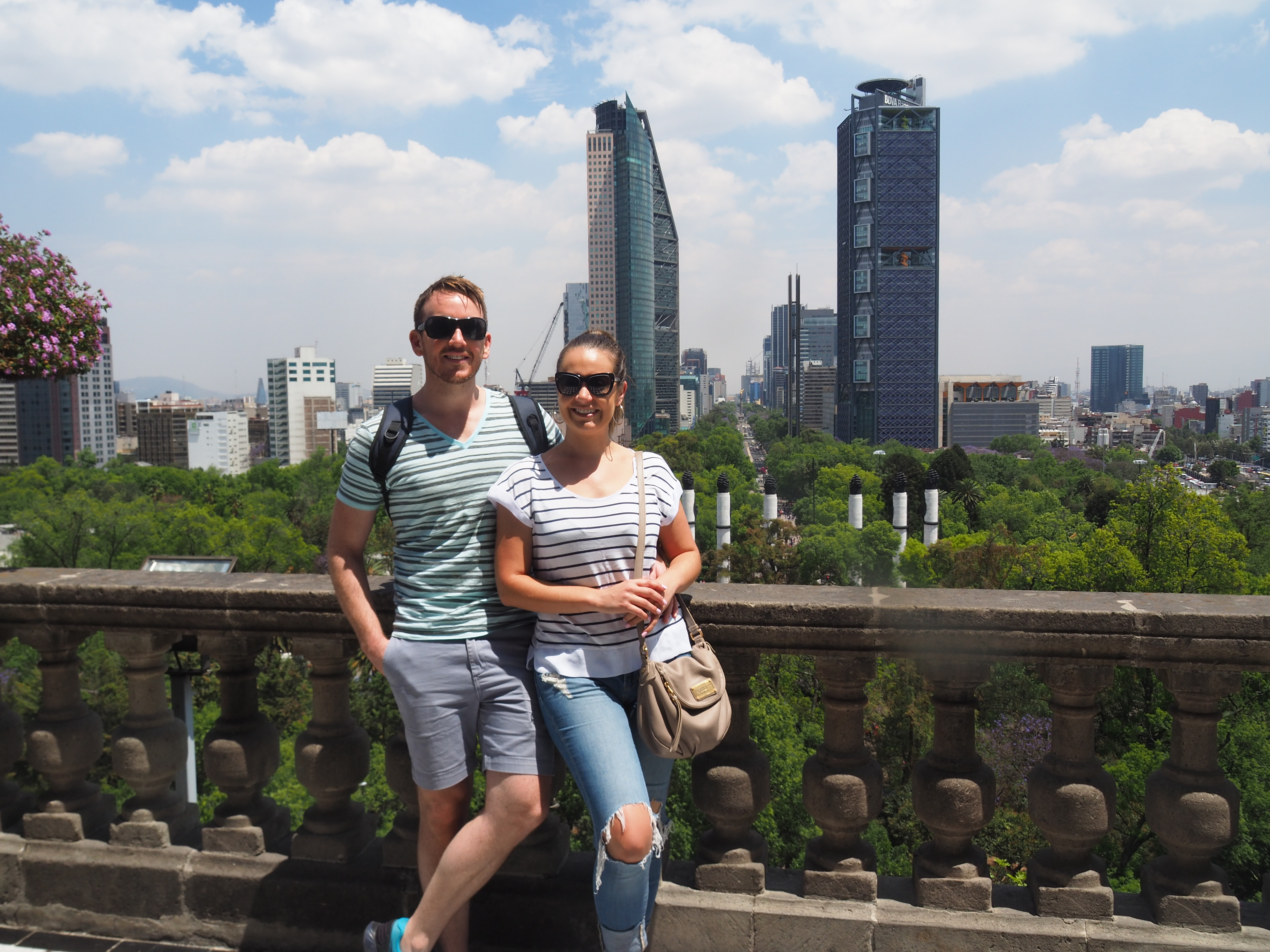
The below photo shows a commemoration to six Mexican cadets (trainee soldiers) who refused to abandon their training school when the Americans were attacking, these kids were as young as twelve and become martyrs essentially, dying for their country, and refusing to give up against huge odds.
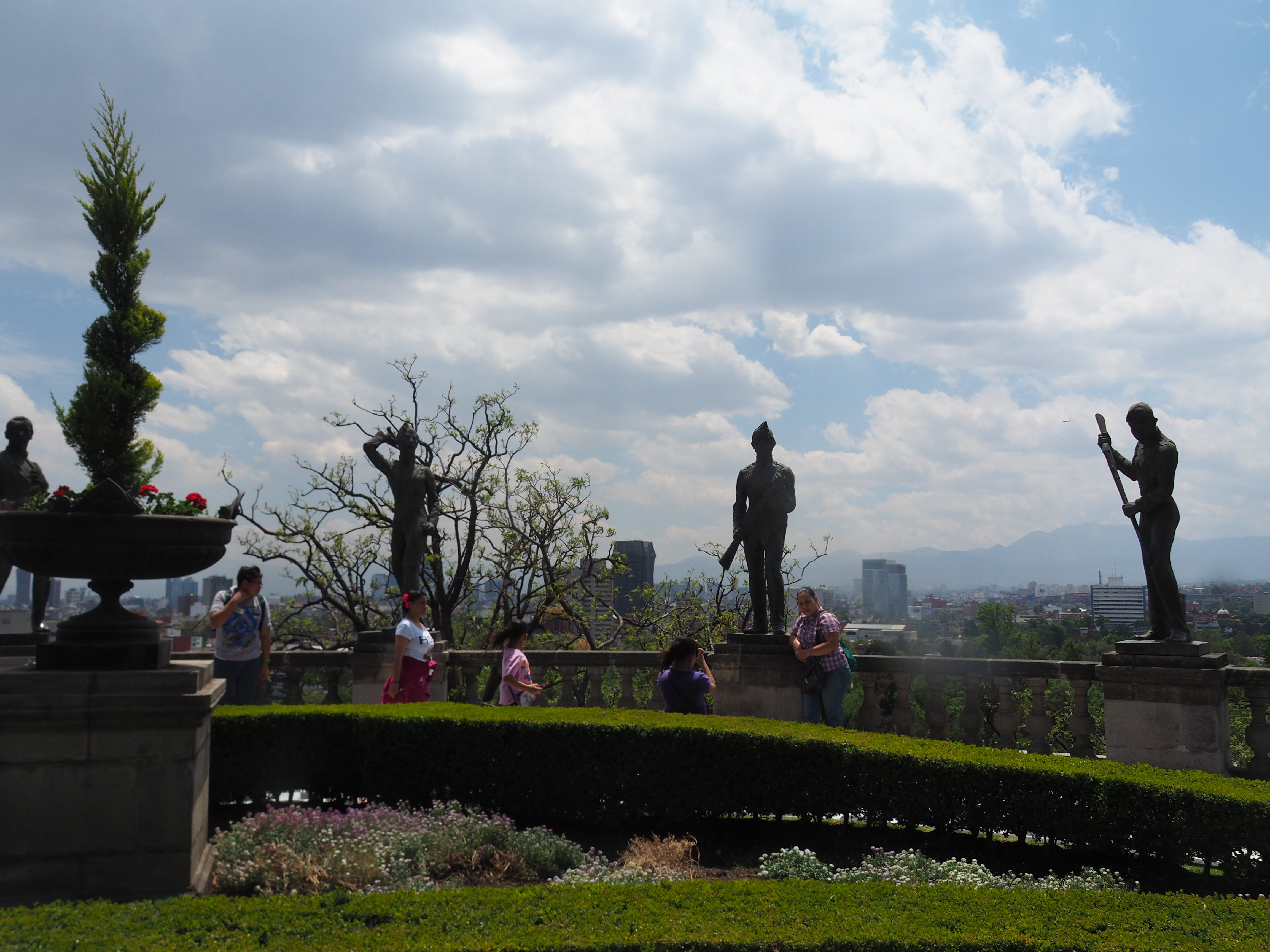
The gardens on the terraces are also quite stunning and we were fortunate to see the flowers in full bloom.
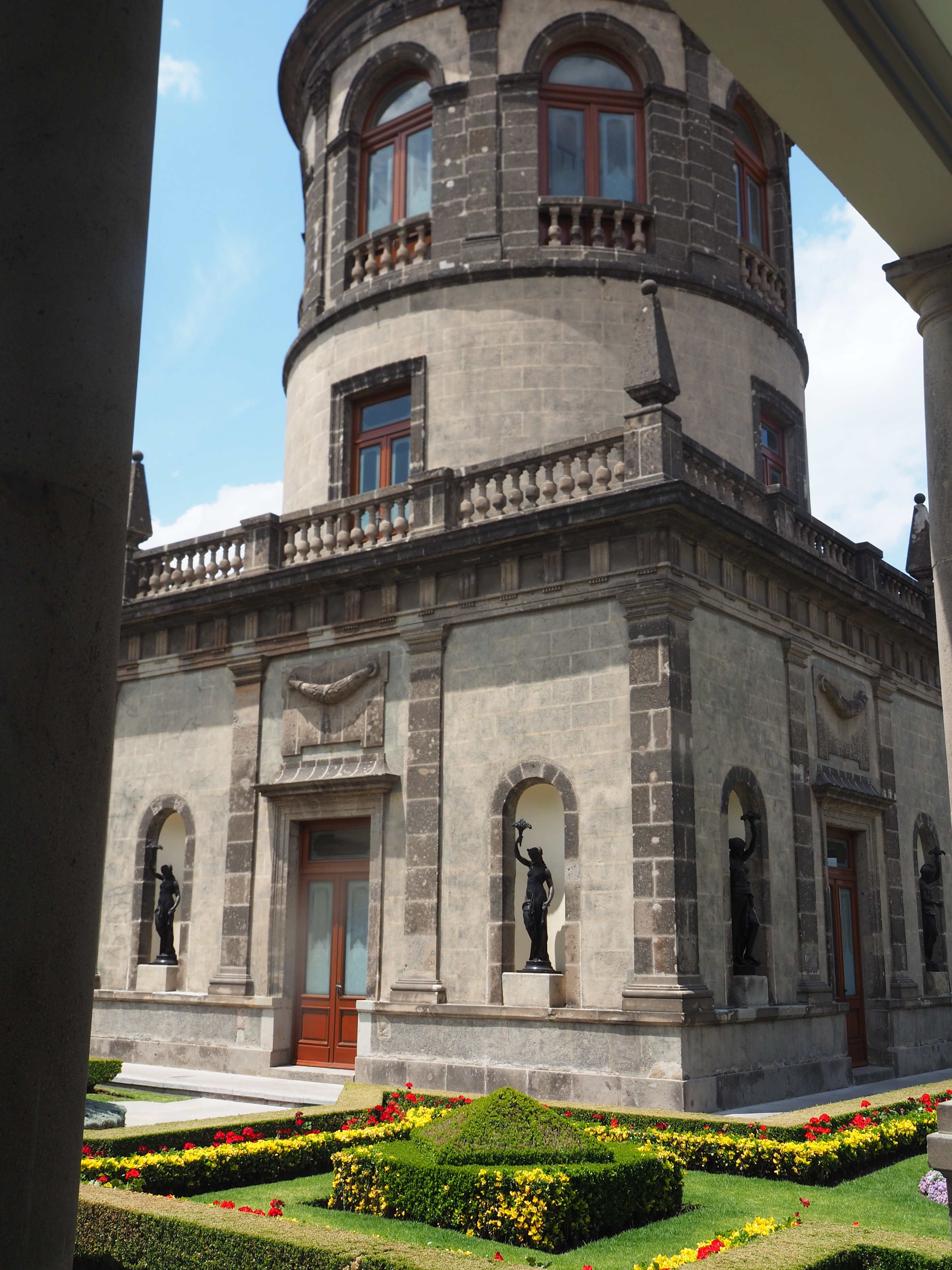
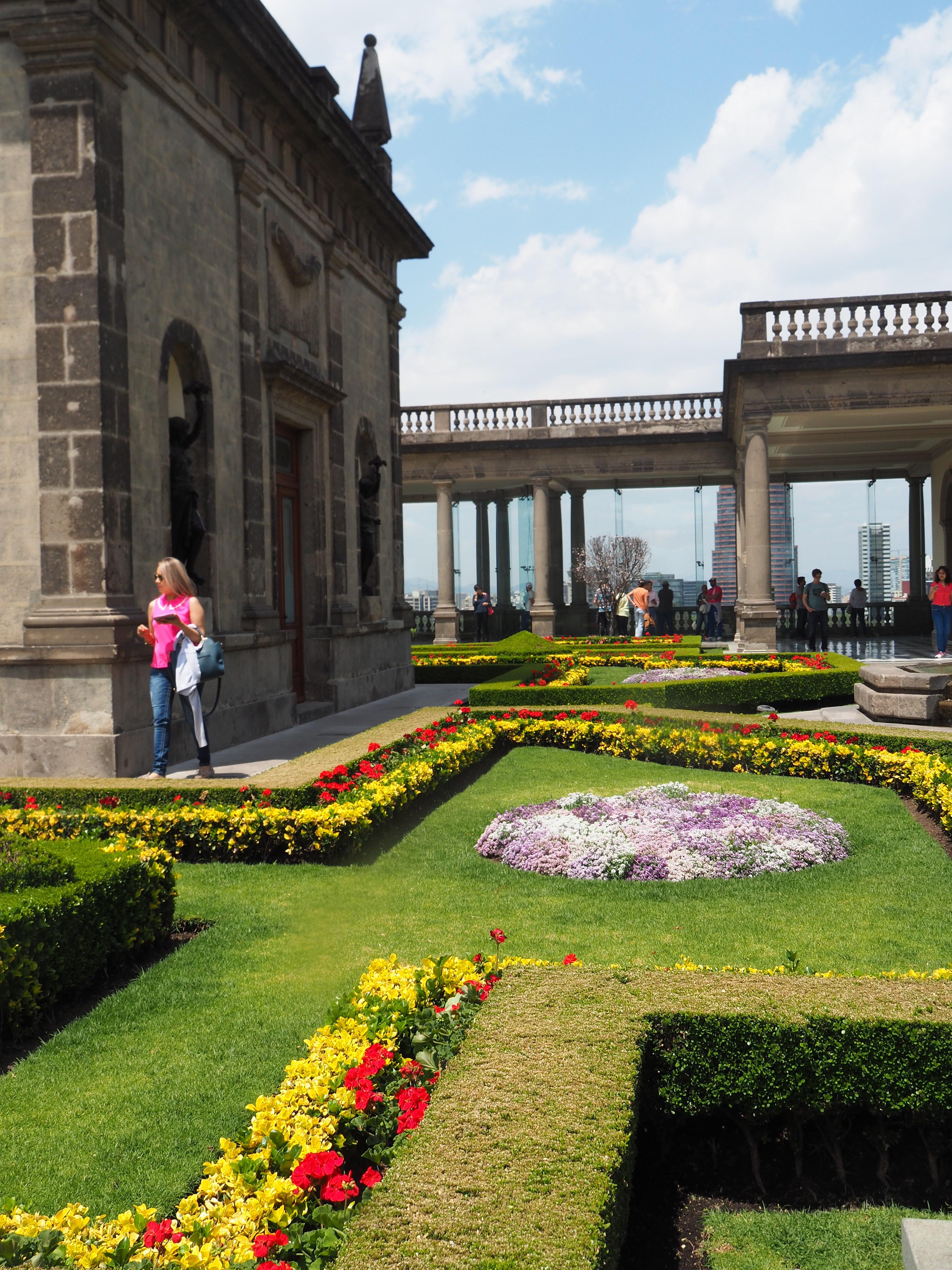
We also visited the famous Anthropological Museum which gave us a fabulous insight into the Mayan, Aztec and Teotihuacan history but as you weren’t really allowed to take photos, we had to sneak a couple of the Aztec Sun Dial, which was discovered in Templo Mayor recently – they believe this was where human sacrifices were killed… gruesome right?
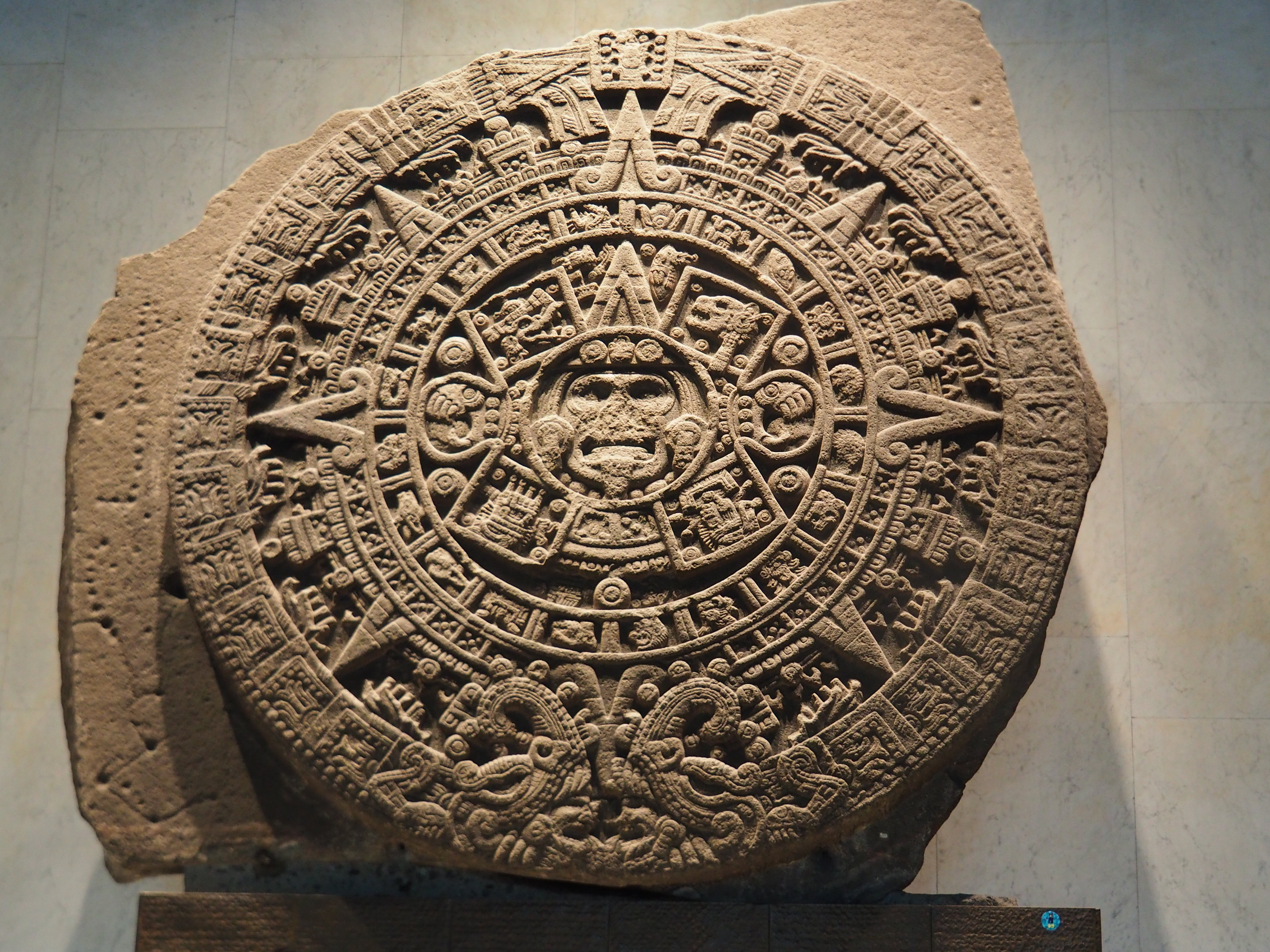
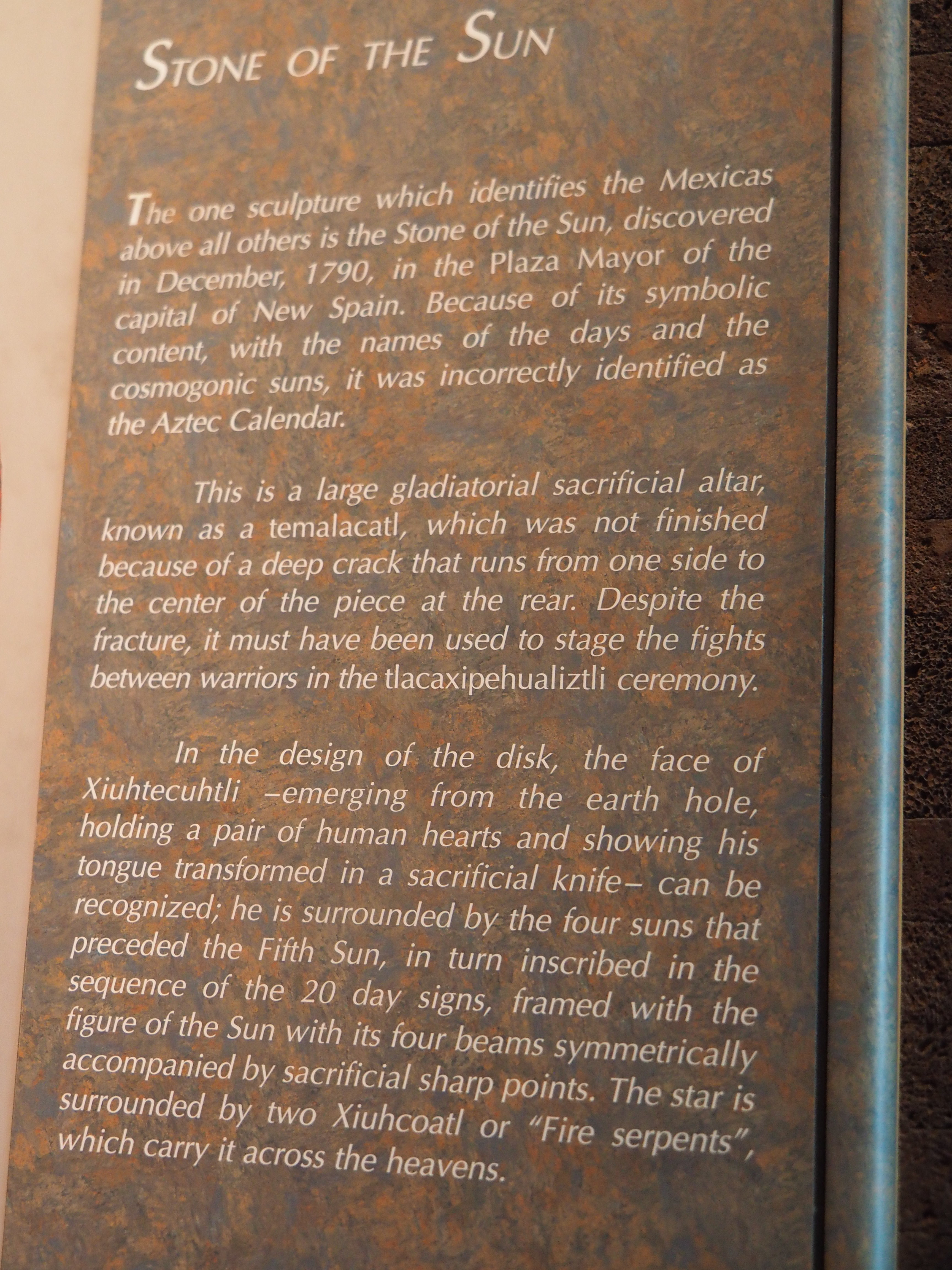
There is so much history in Mexico, and Mexico City in particular, it really makes me keen to learn much more – we visited Teotihuacan, the City of the Gods, today (that deserves its own blog though) and tomorrow we are off to Palenque where we will see some Mayan temples – there is SO much to see here, it’s truly mind-blowing and we are loving every minute of it!
So, in a nutshell, thats a glimpse into Mexico City – if you’re half as impressed by its beauty, history and culture from these photos as we were, then I think I have done well with this blog.
Mexico City’s reputation is not the greatest but after visiting, I will certainly be recommending it. Not once have we felt unsafe, and the people have been friendly and hospitable – despite having to listen to my terrible attempts at Spanish!!
